We Believe In the Global Goals for

THE 17 GLOBAL SUSTAINABILITY GOALS
The Sustainable Development Goals (SDGs), also known as the Global Goals, are a set of 17 integrated and interrelated goals to end poverty, protect and ensure that humanity enjoys peace and prosperity by 2030.
Reporting on the SDGs is important in communicating to stakeholders, Designer Turkey’s commitment to contributing as a partner in achieving the Global Goals; taking accountability and responsibility to take the necessary actions; and measuring progress over time.
Küresel Hedefler olarak da bilinen Sürdürülebilir Kalkınma Hedefleri (SDG’ler), yoksulluğu sona erdirmek, gezegeni korumak ve insanlığın 2030 yılına kadar barış ve refah içinde yaşamasını sağlamak için entegre ve birbiriyle ilişkili 17 hedeften oluşan bir dizidir.
Sürdürülebilir Kalkınma Hedefleri hakkında raporlama, şirketin Küresel Hedeflere katkıda bulunma taahhüdünü paydaşlara iletmede önemlidir; gerekli önlemleri almak için hesap verebilirlik ve sorumluluk talep etmek; ve zaman içindeki ilerlemeyi ölçmek.
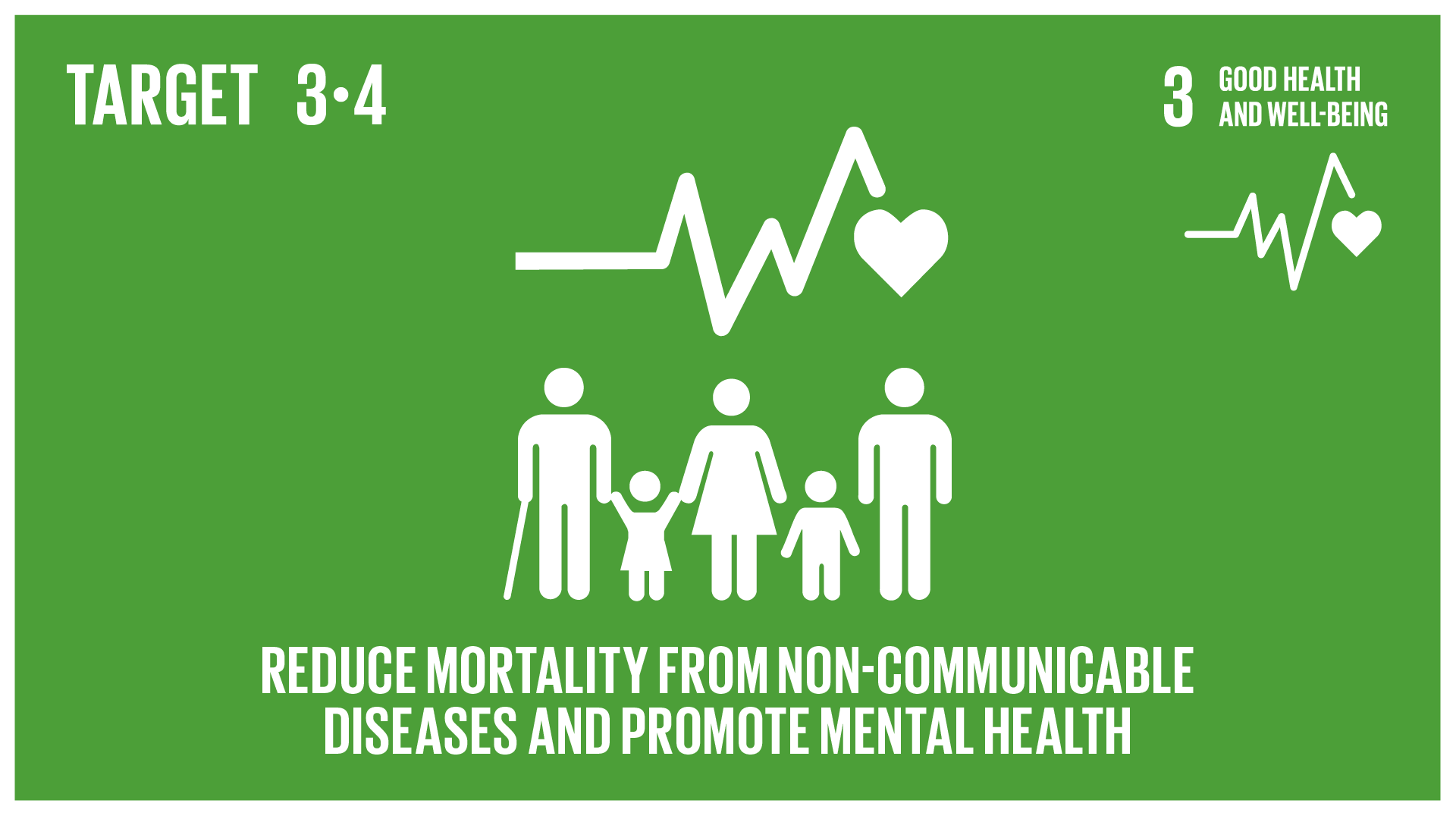
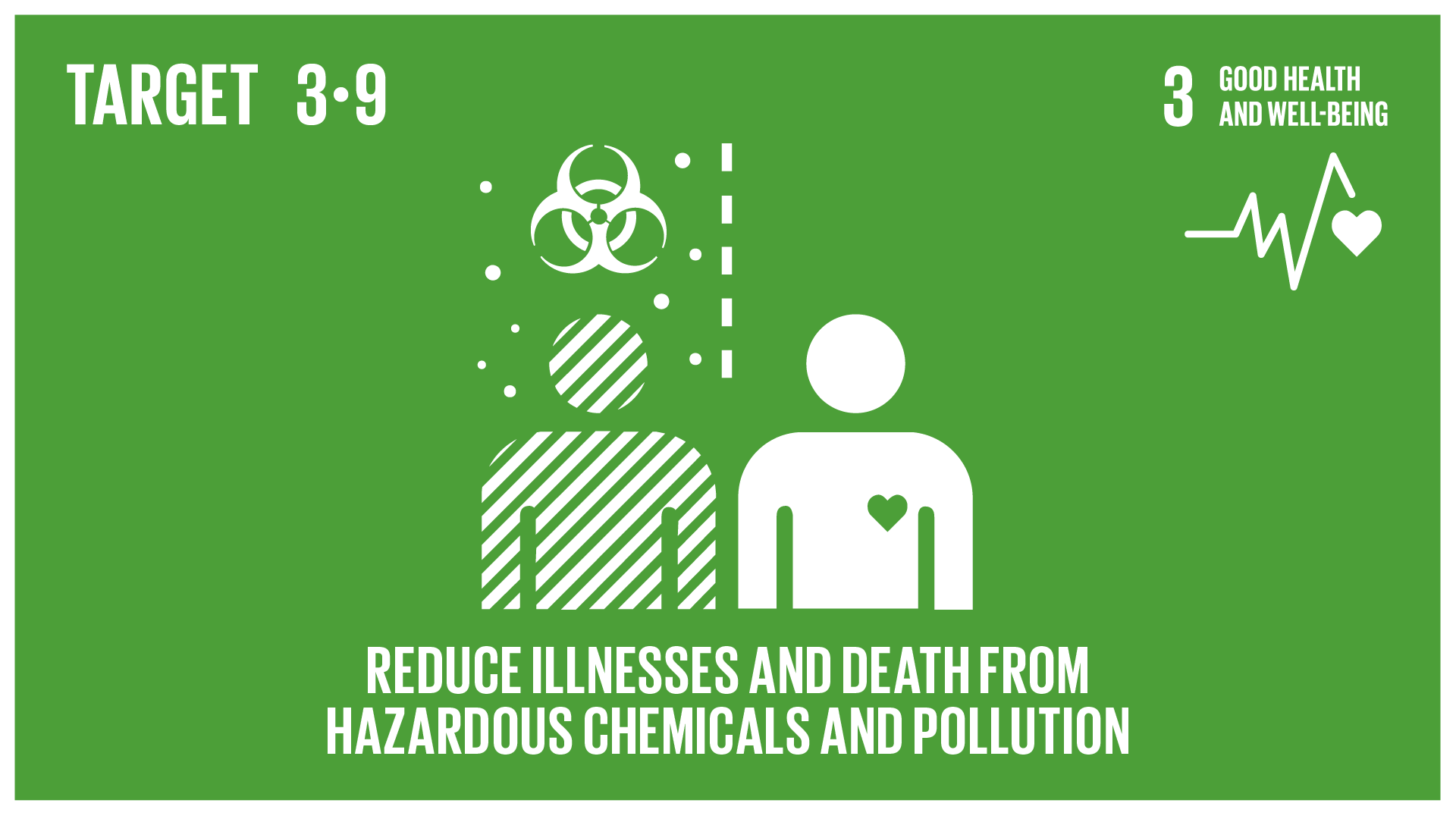
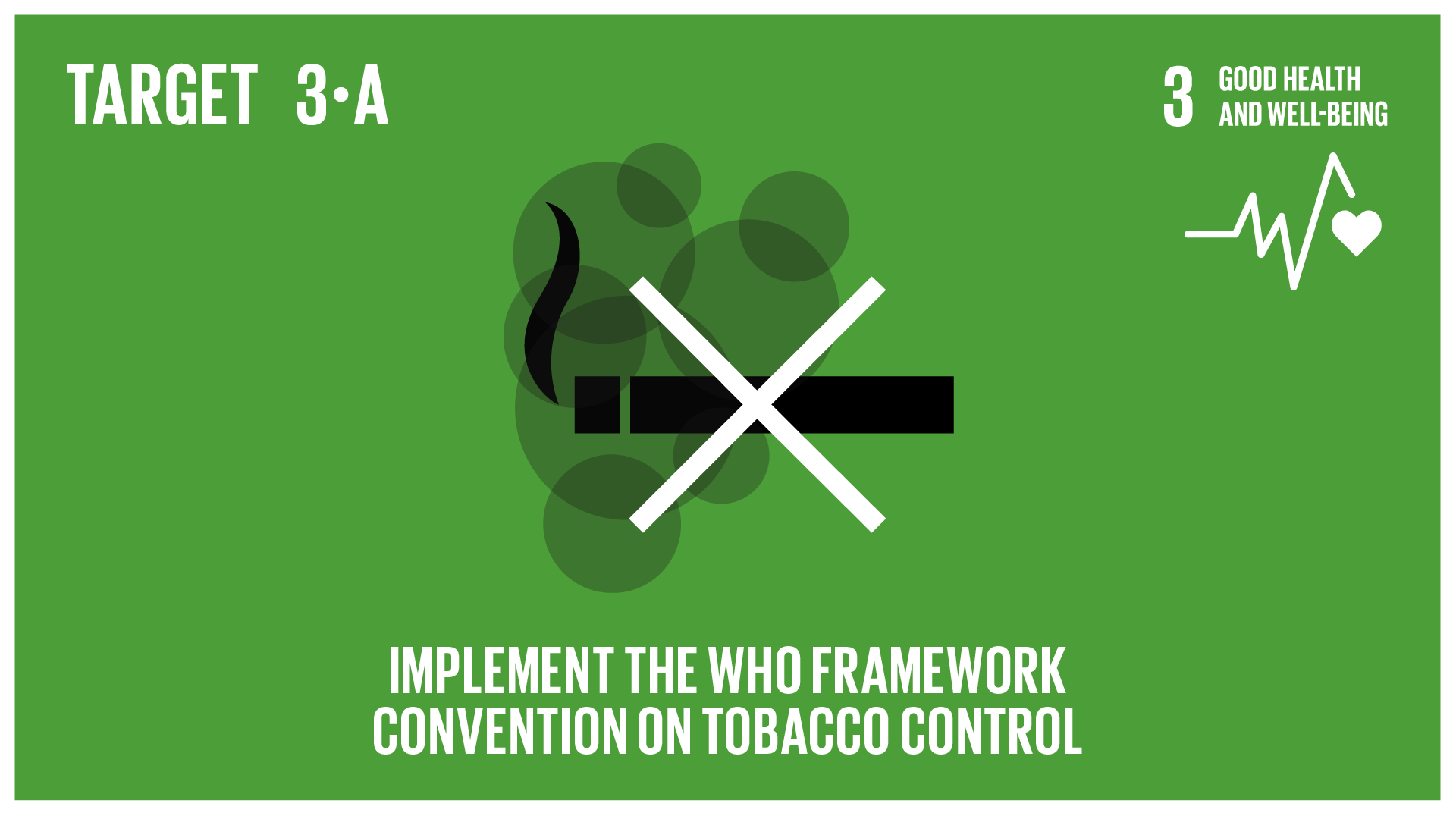
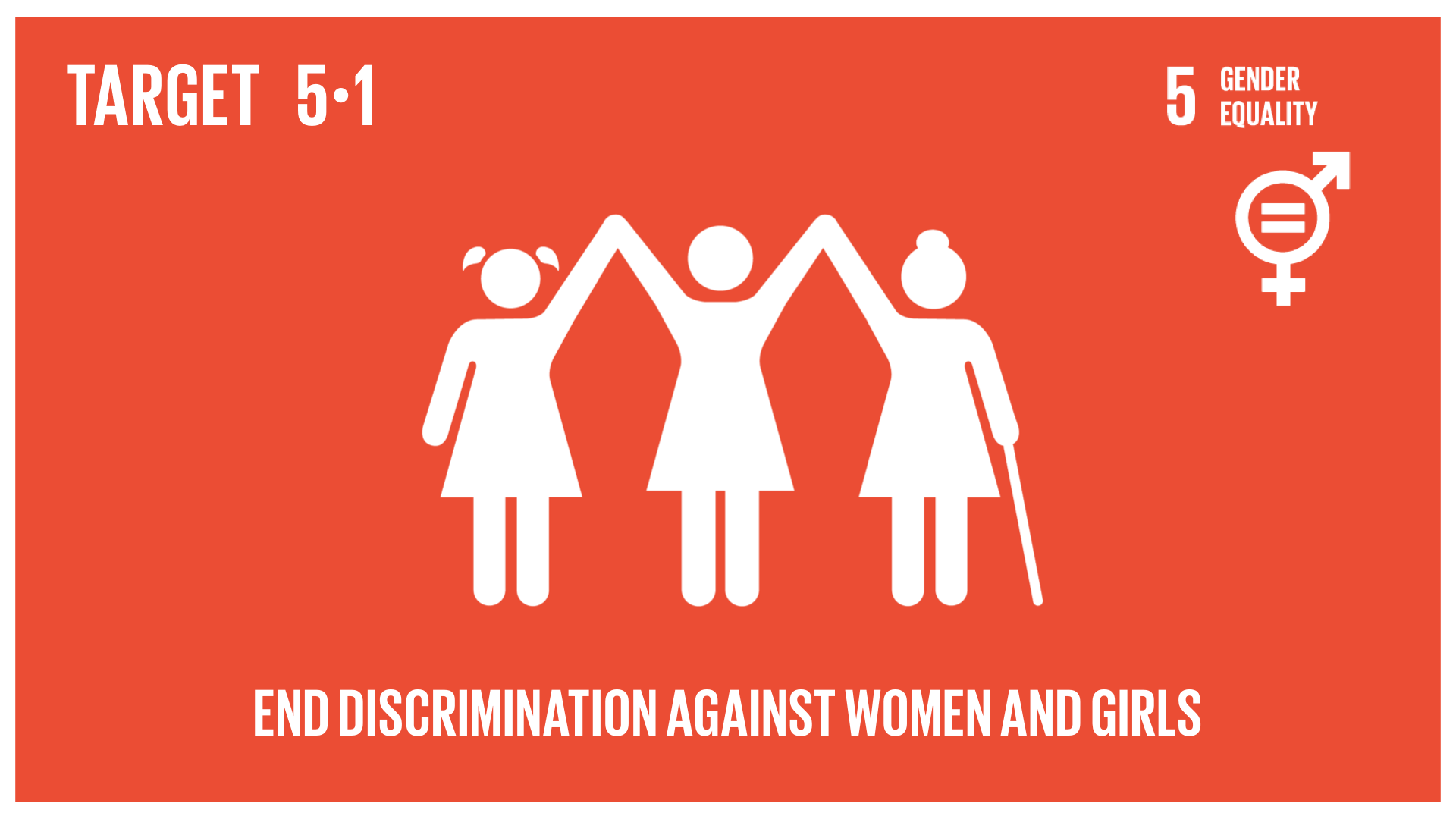
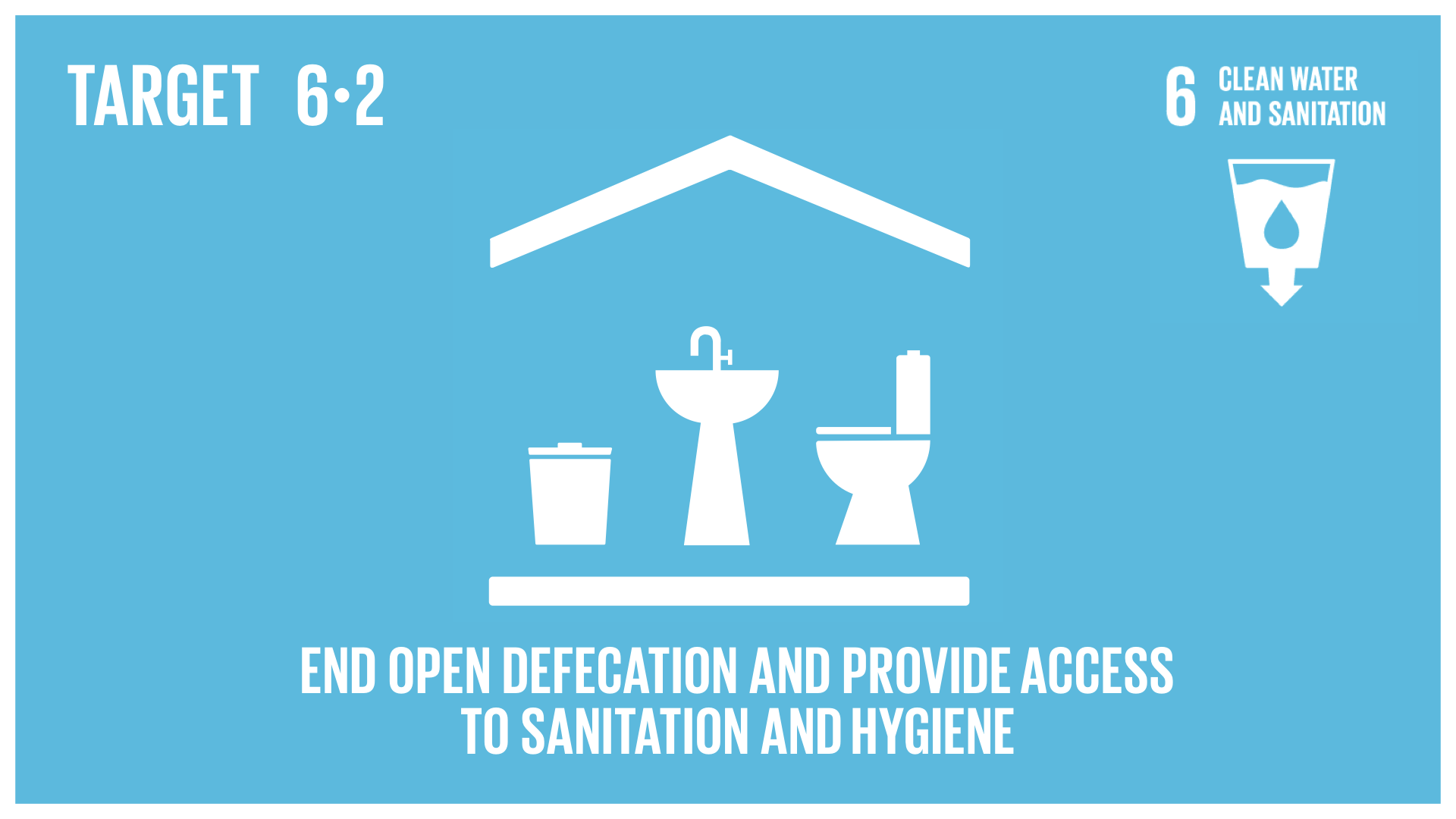
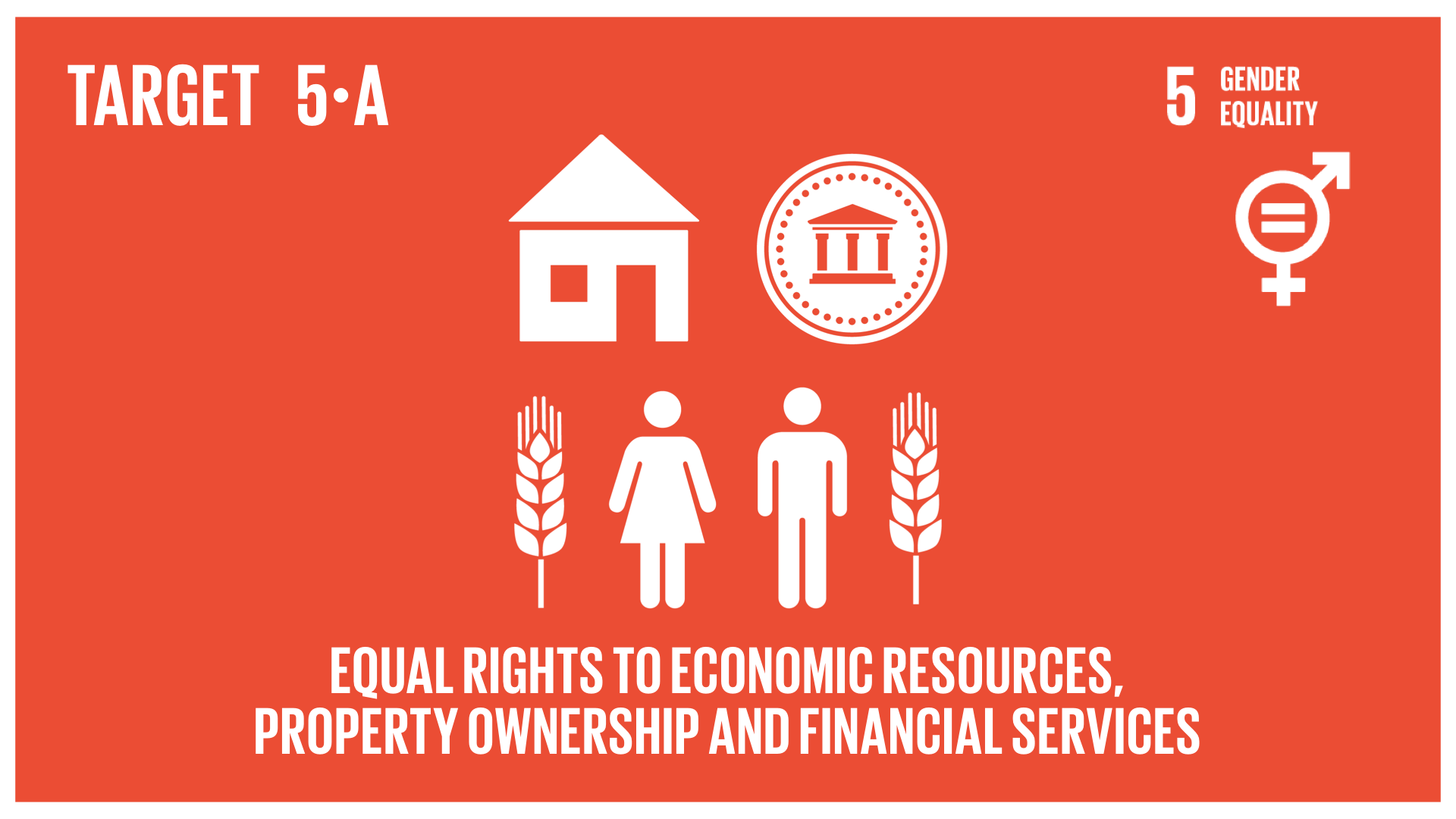
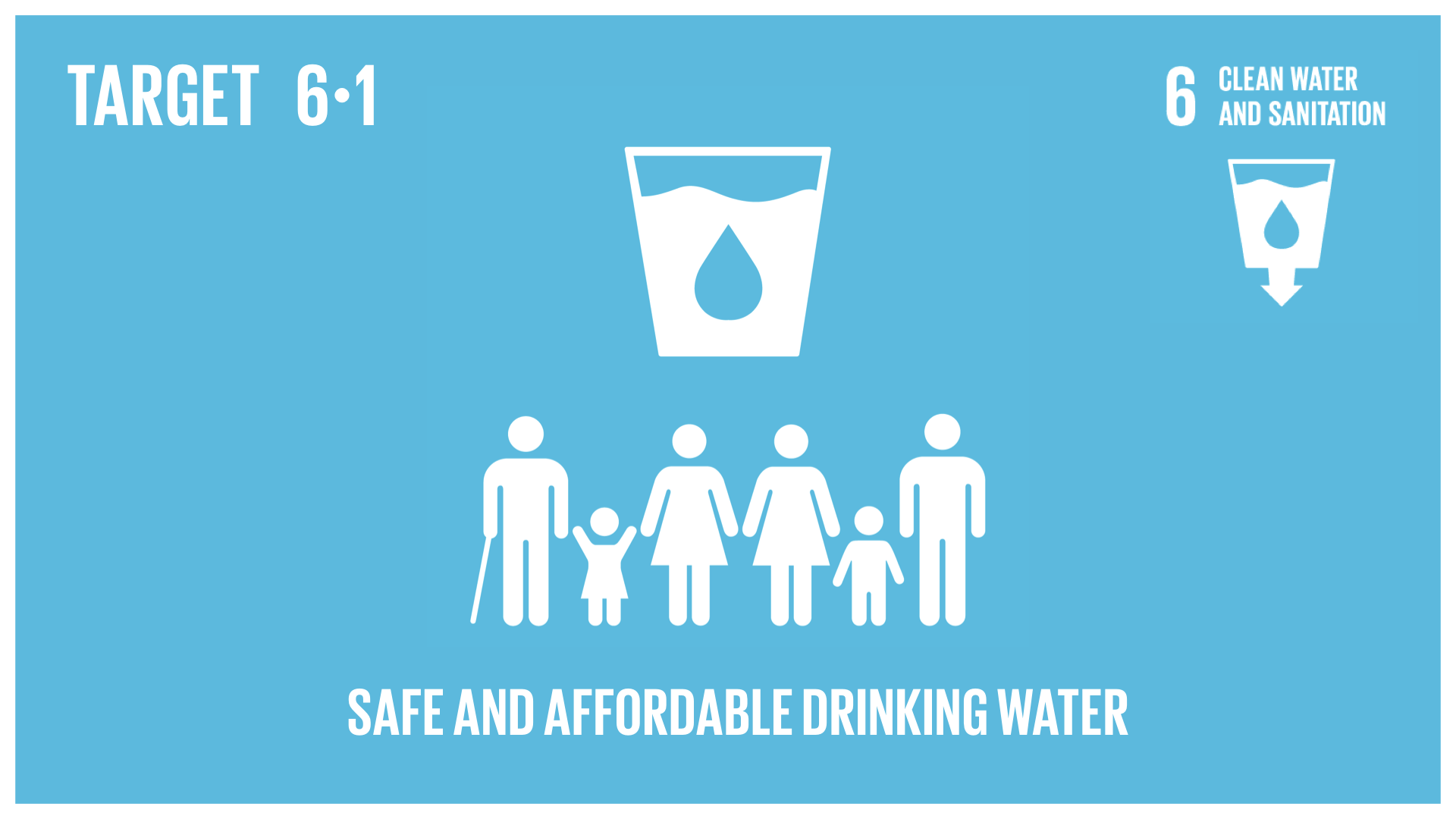
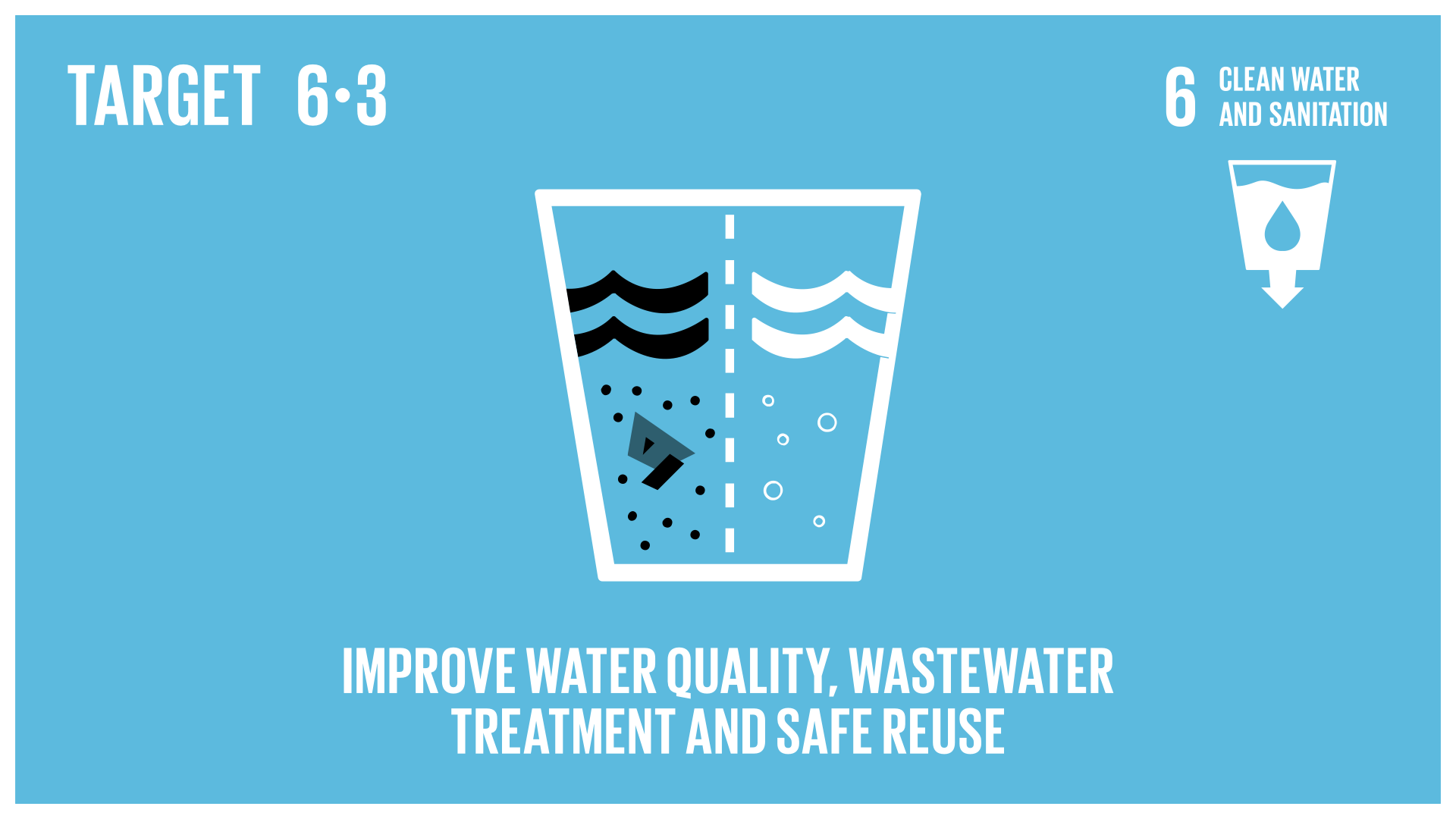
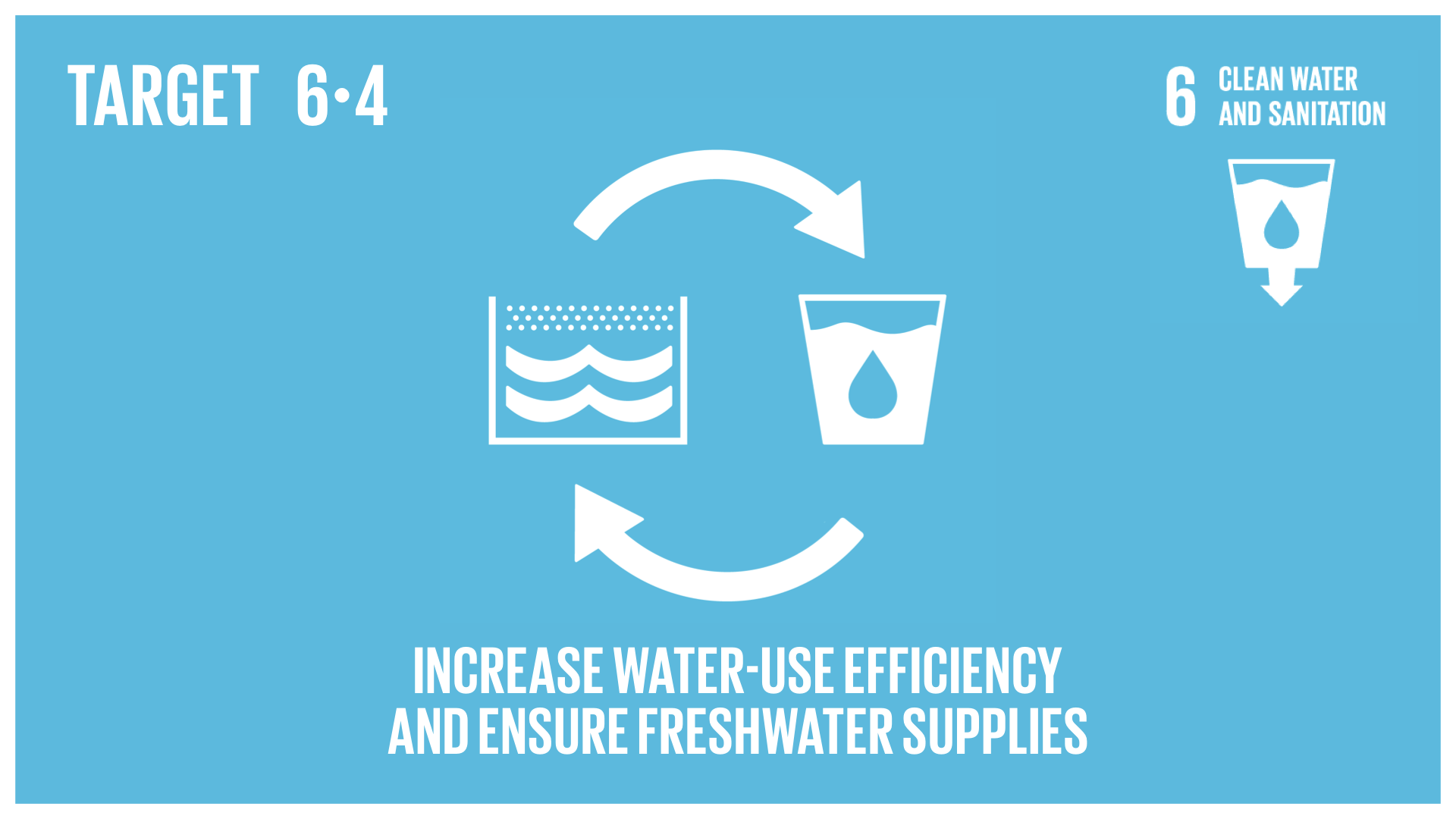
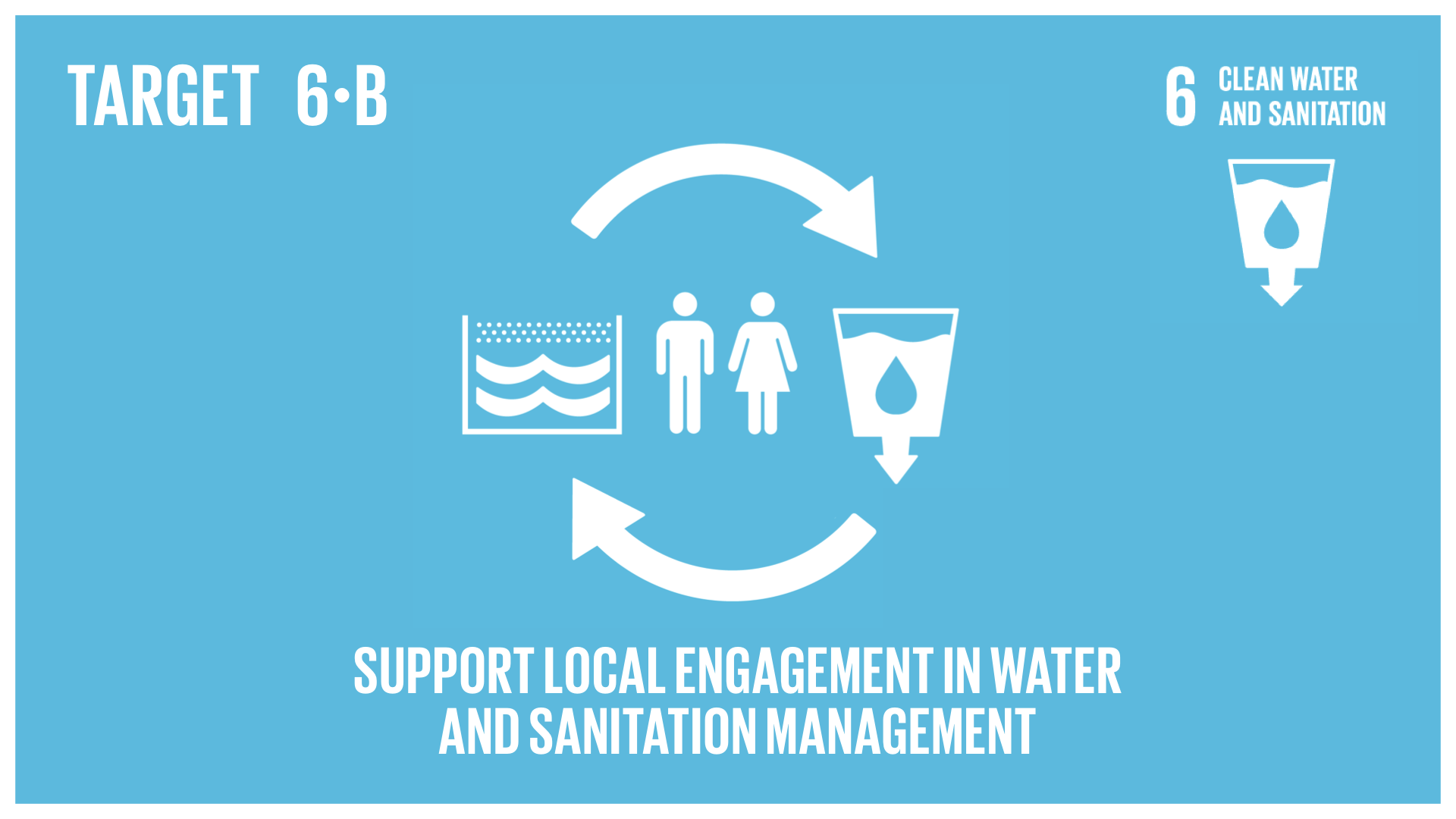

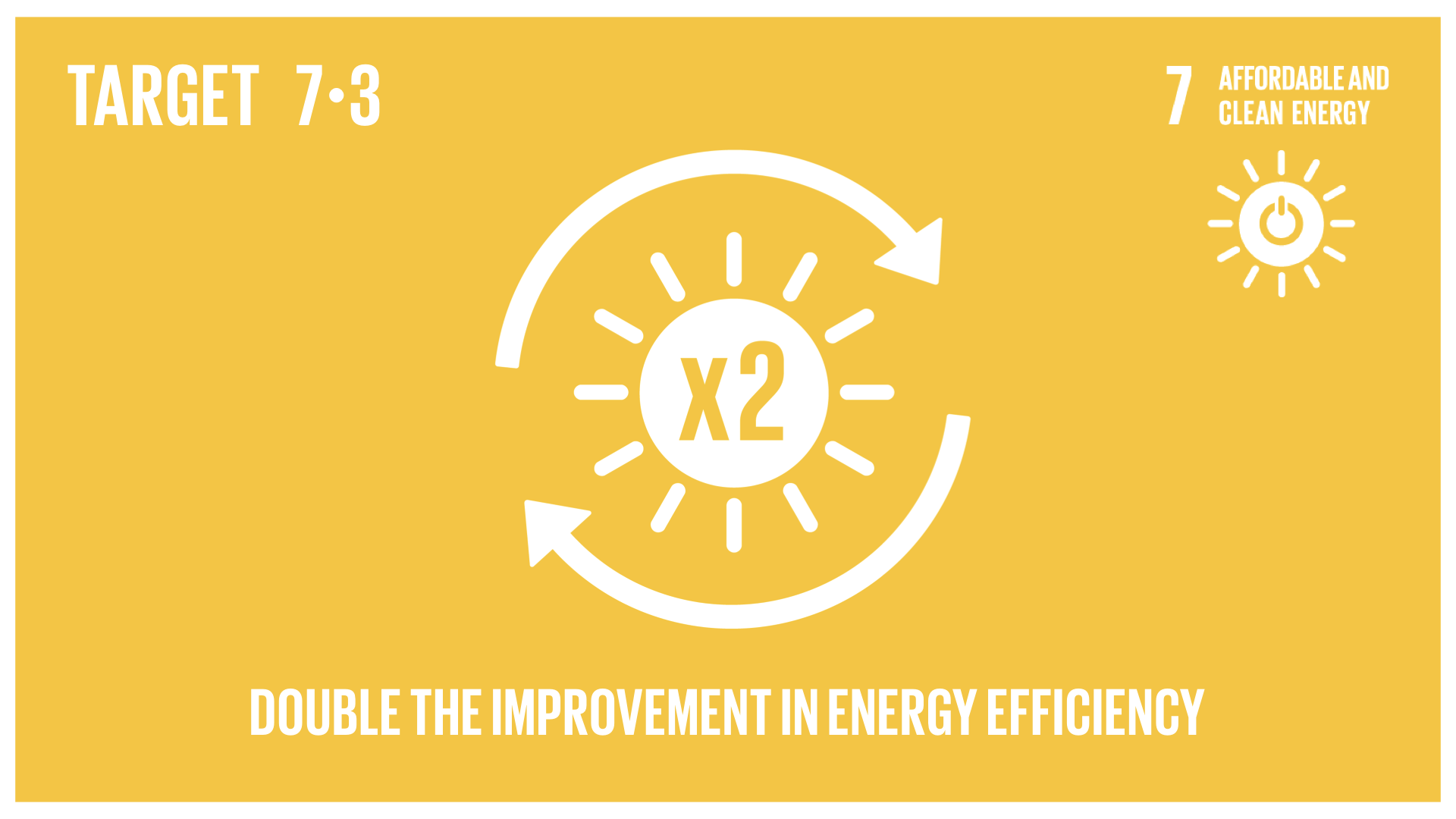
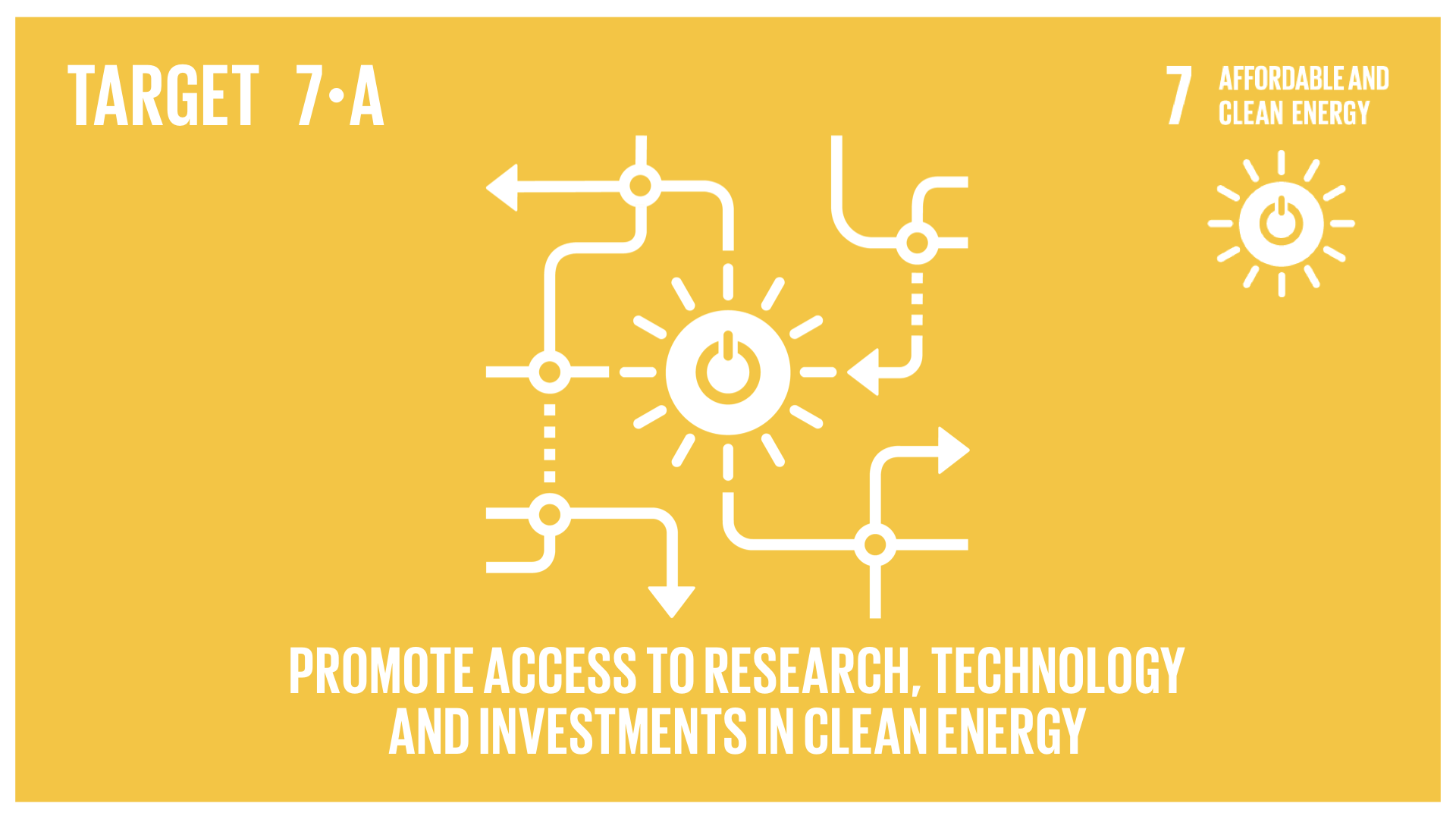

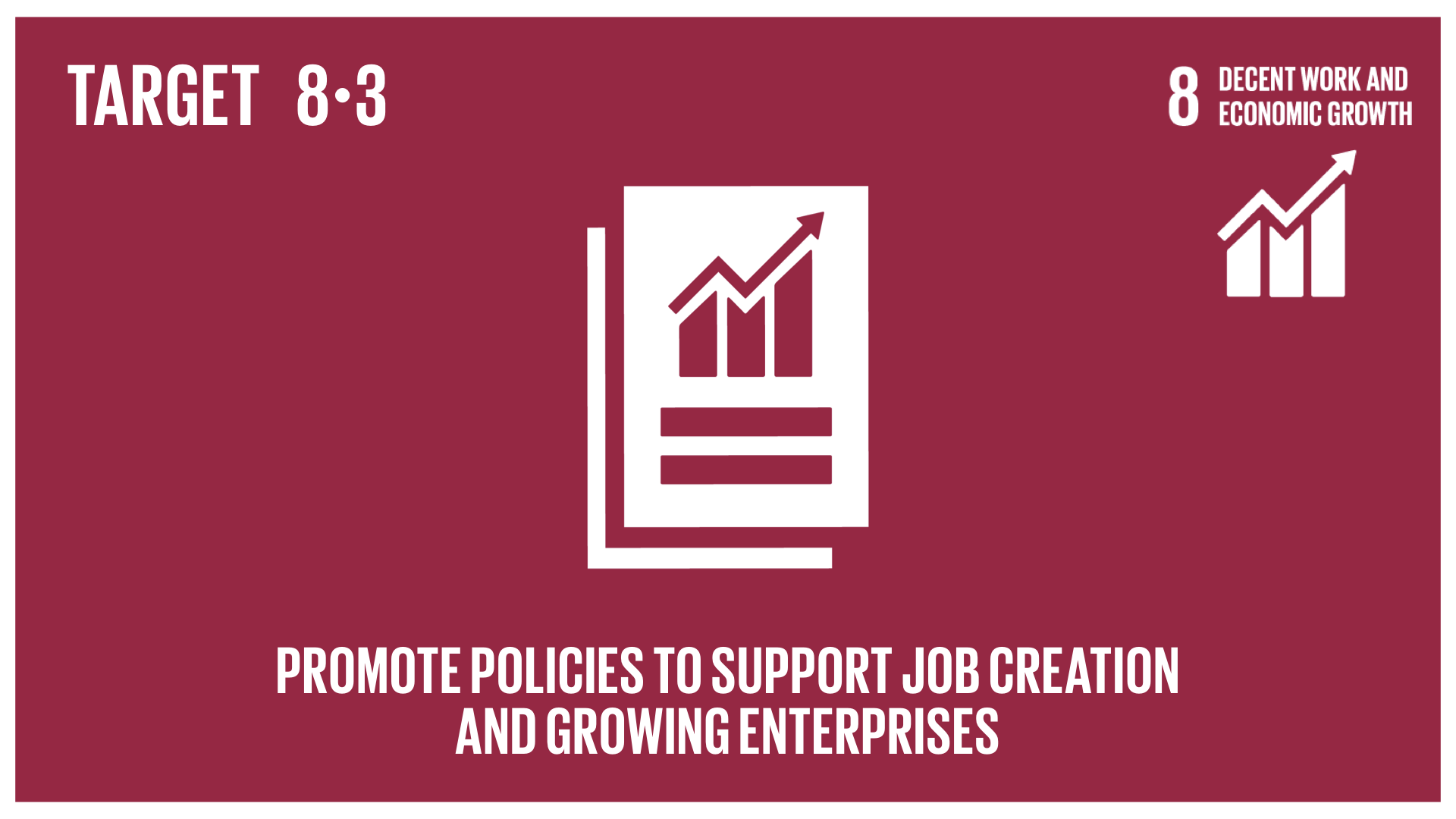
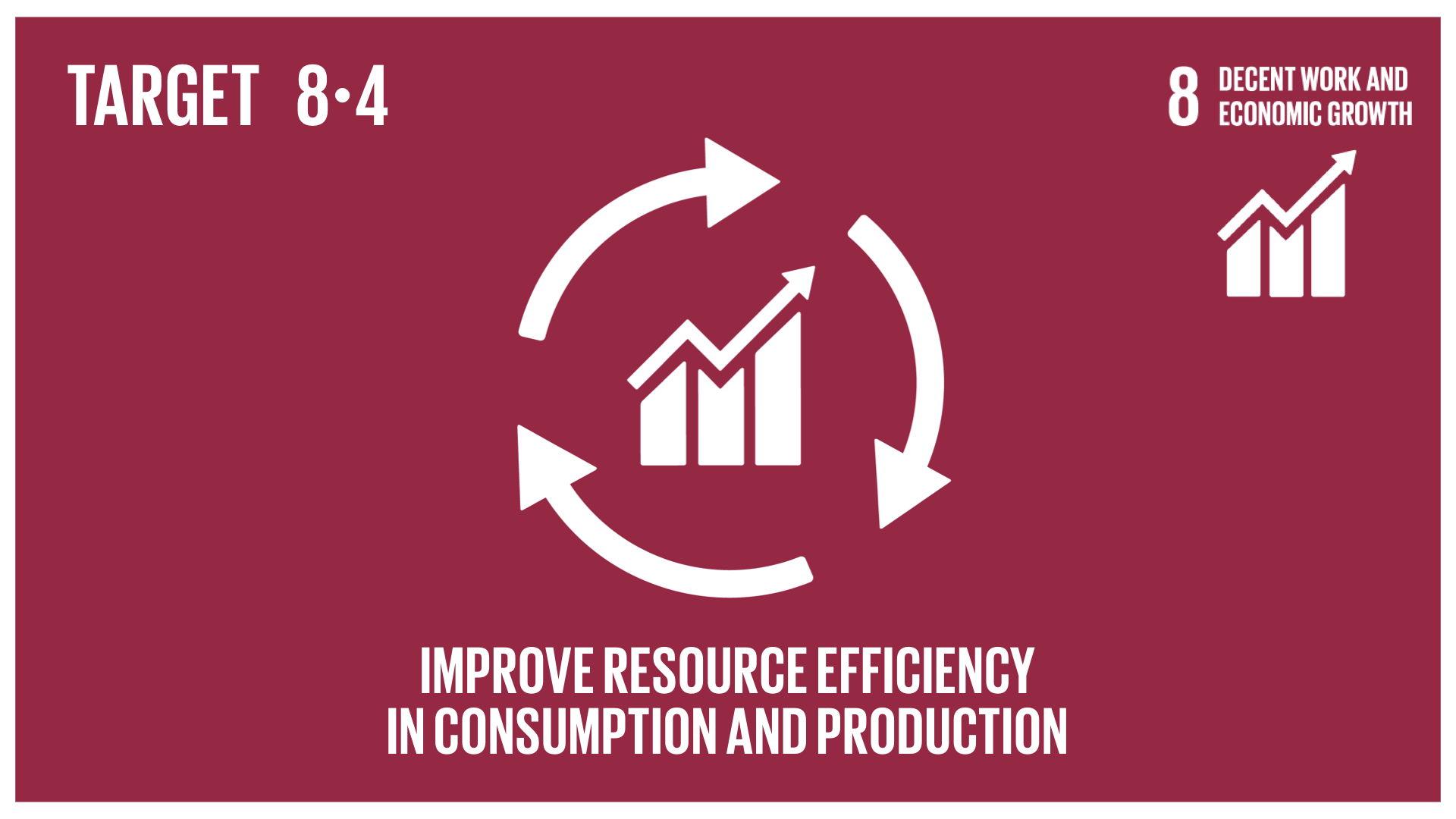
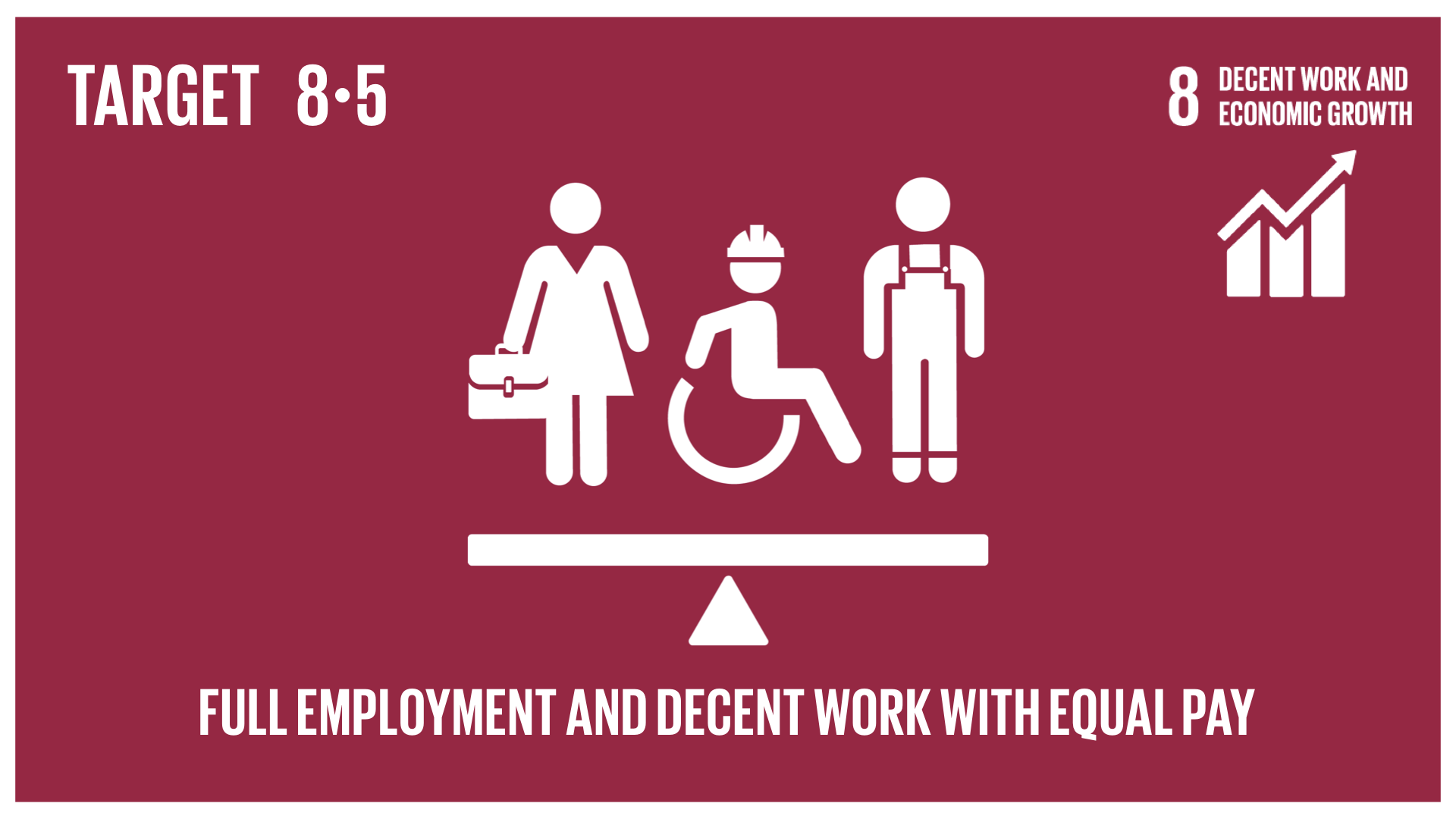
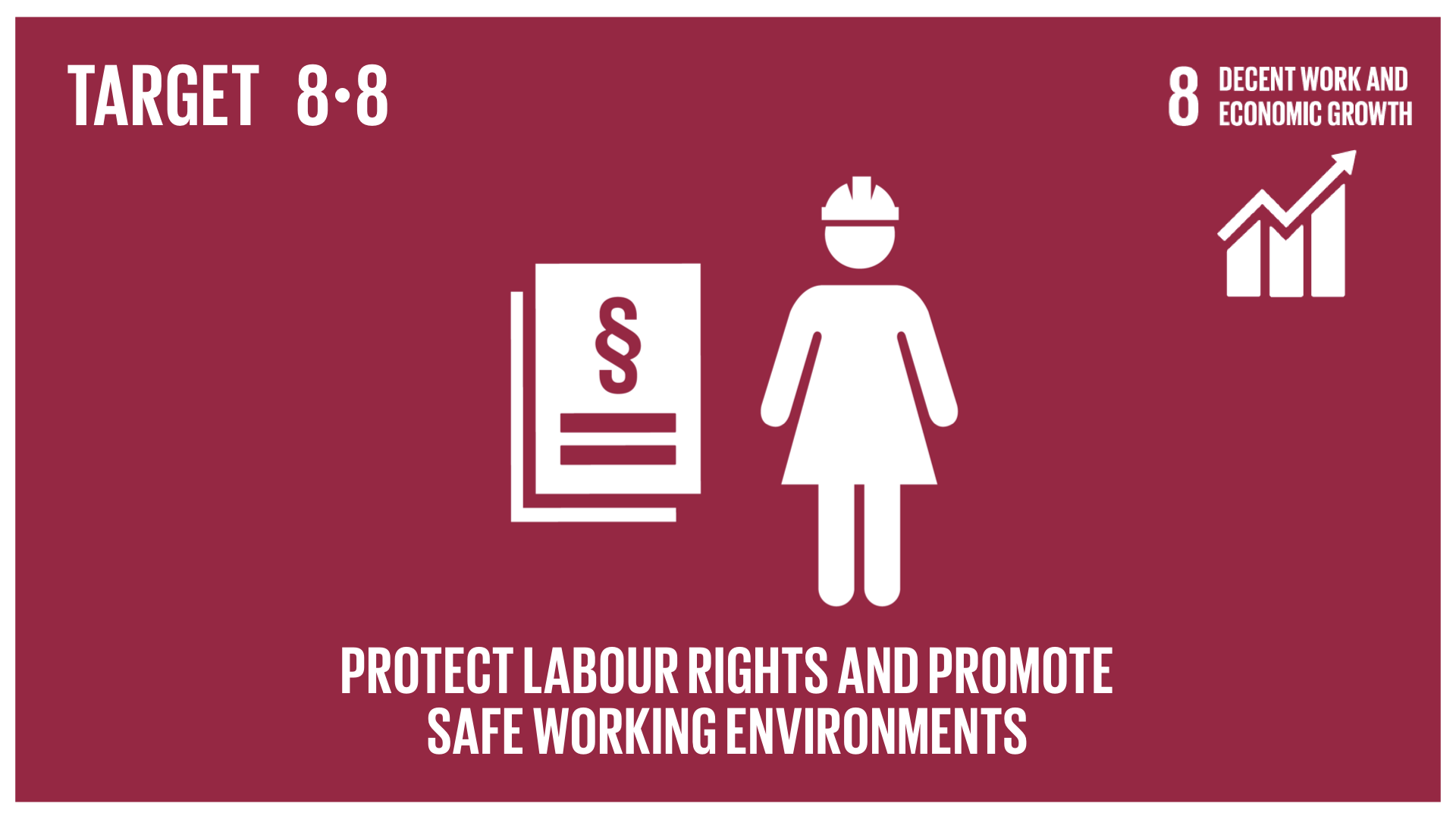
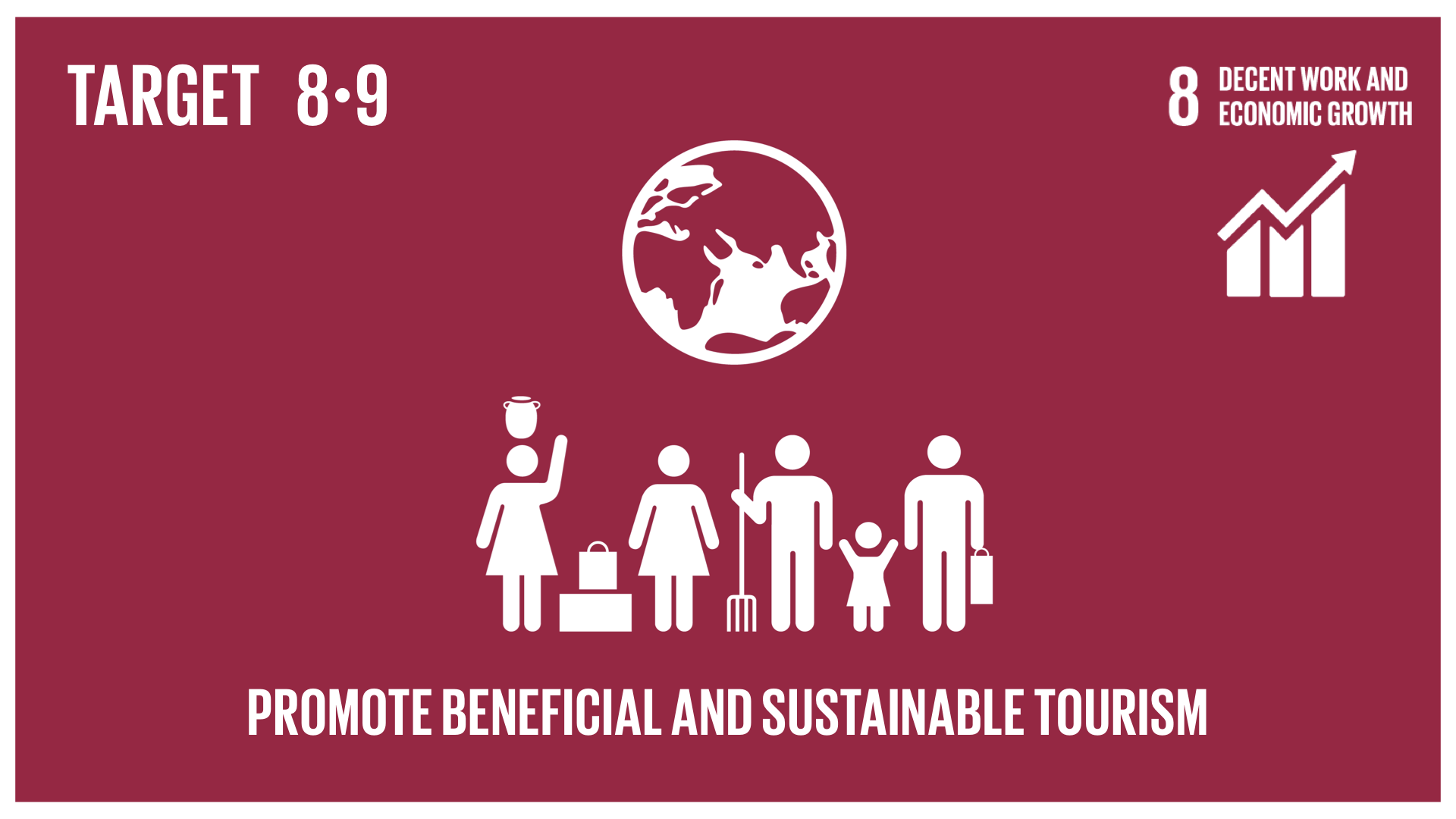
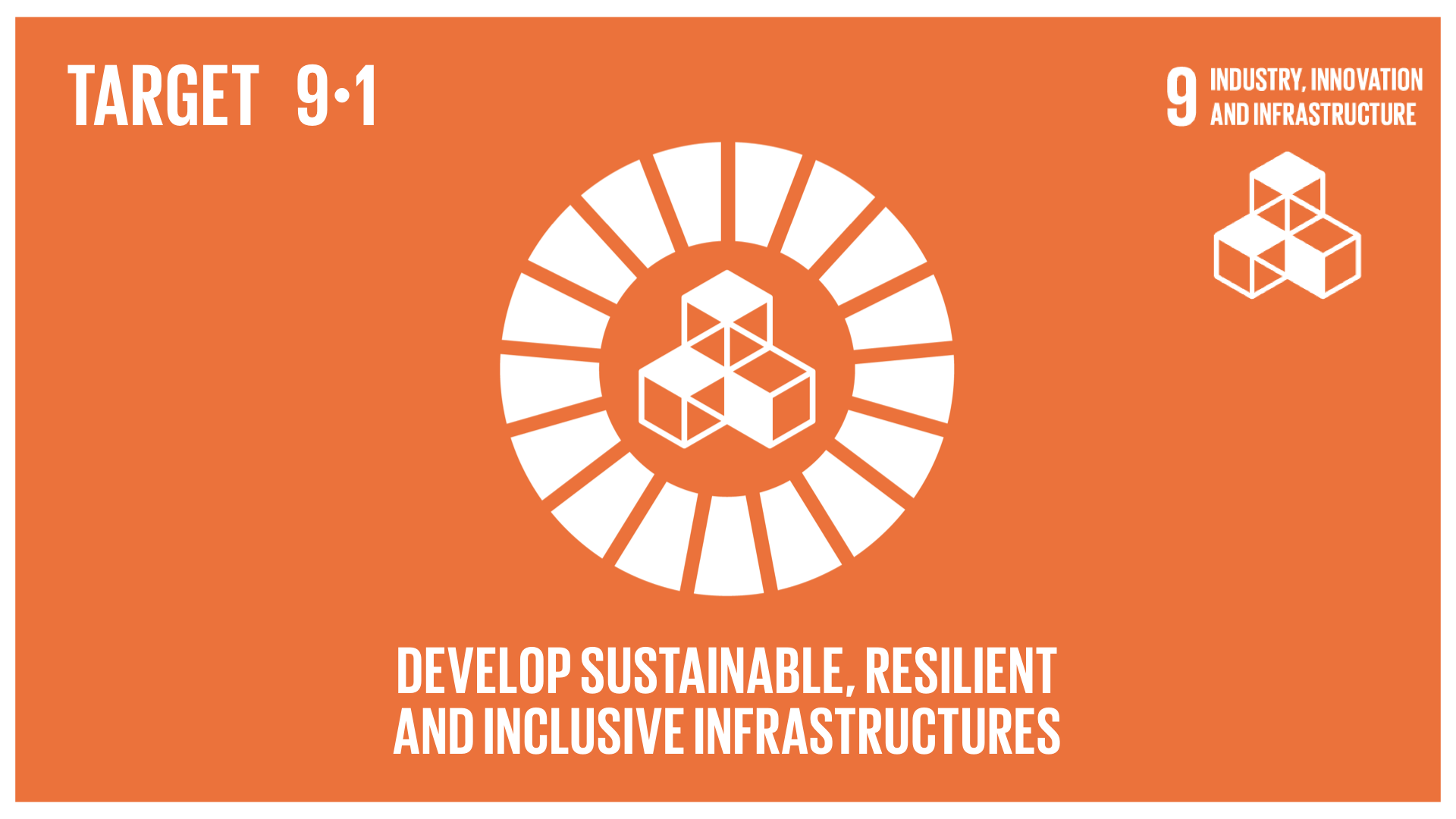
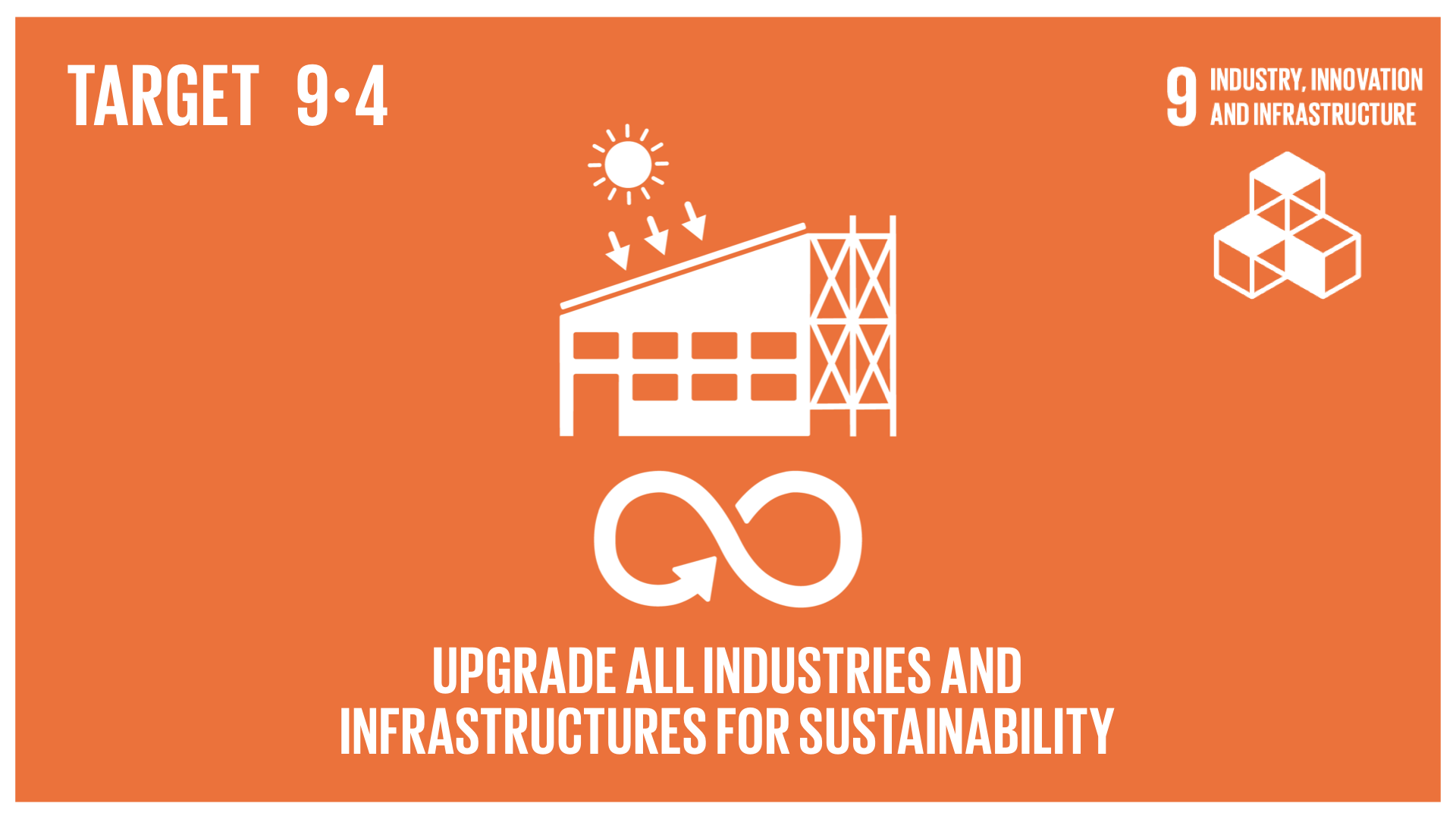
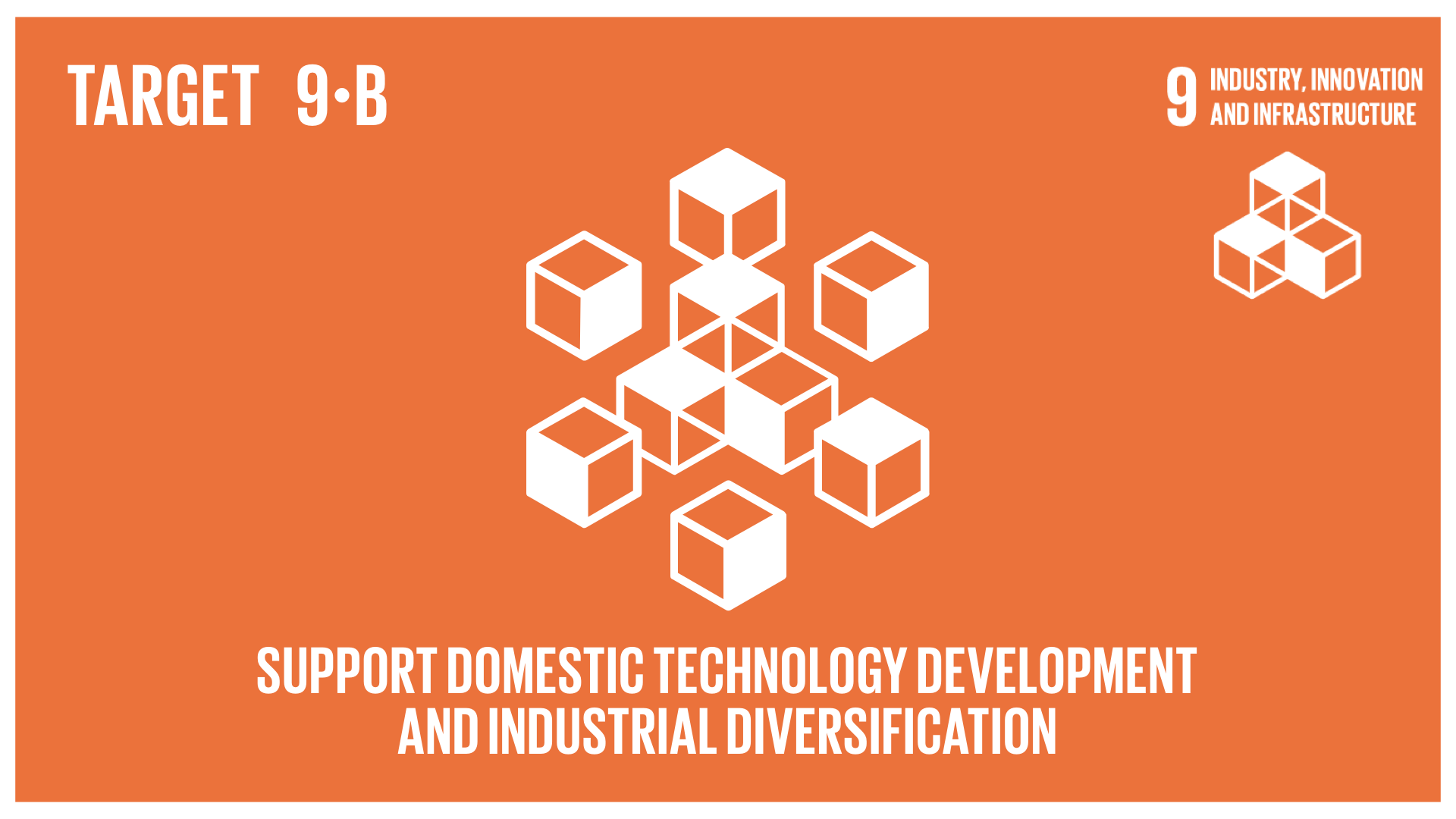
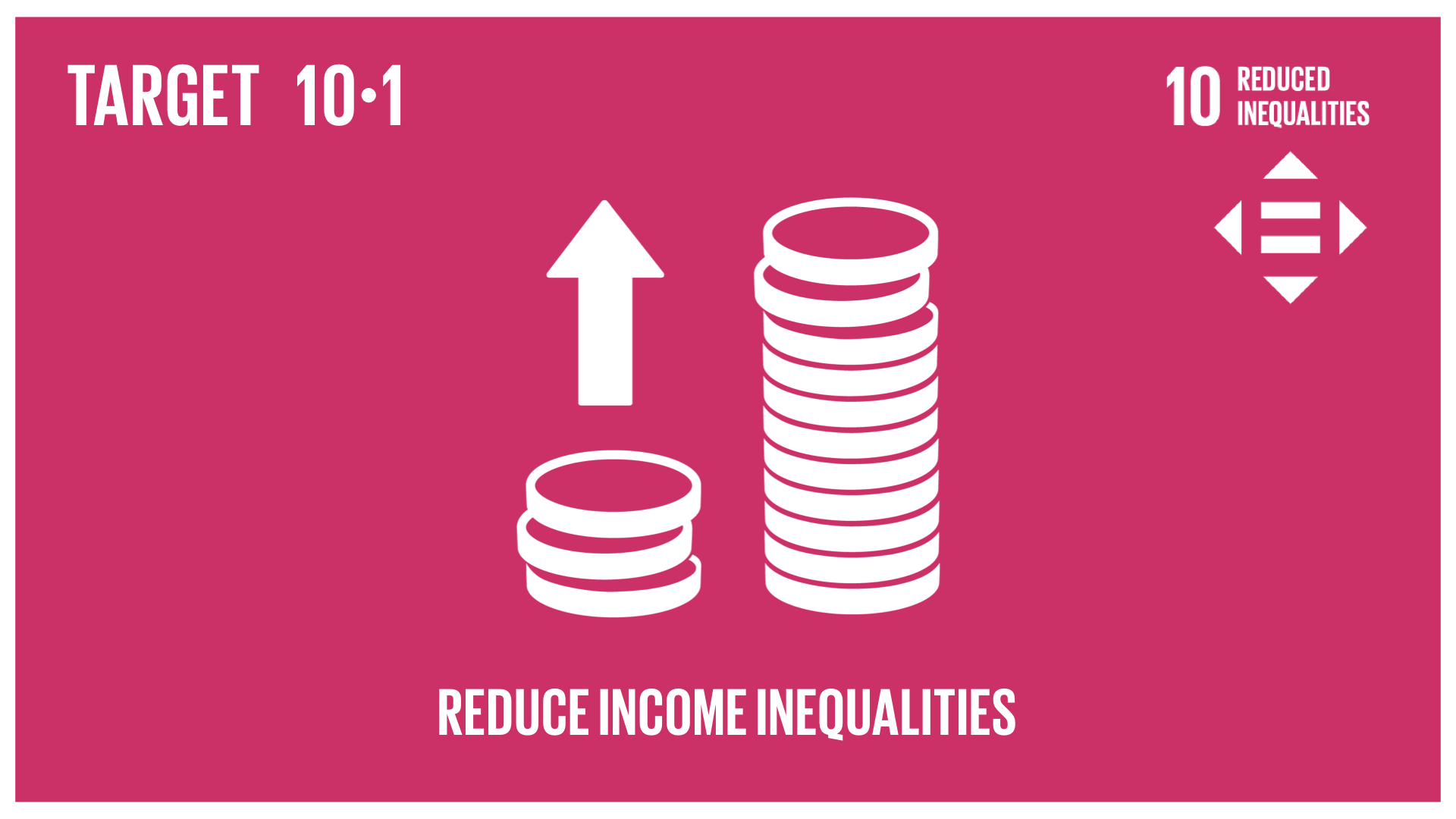
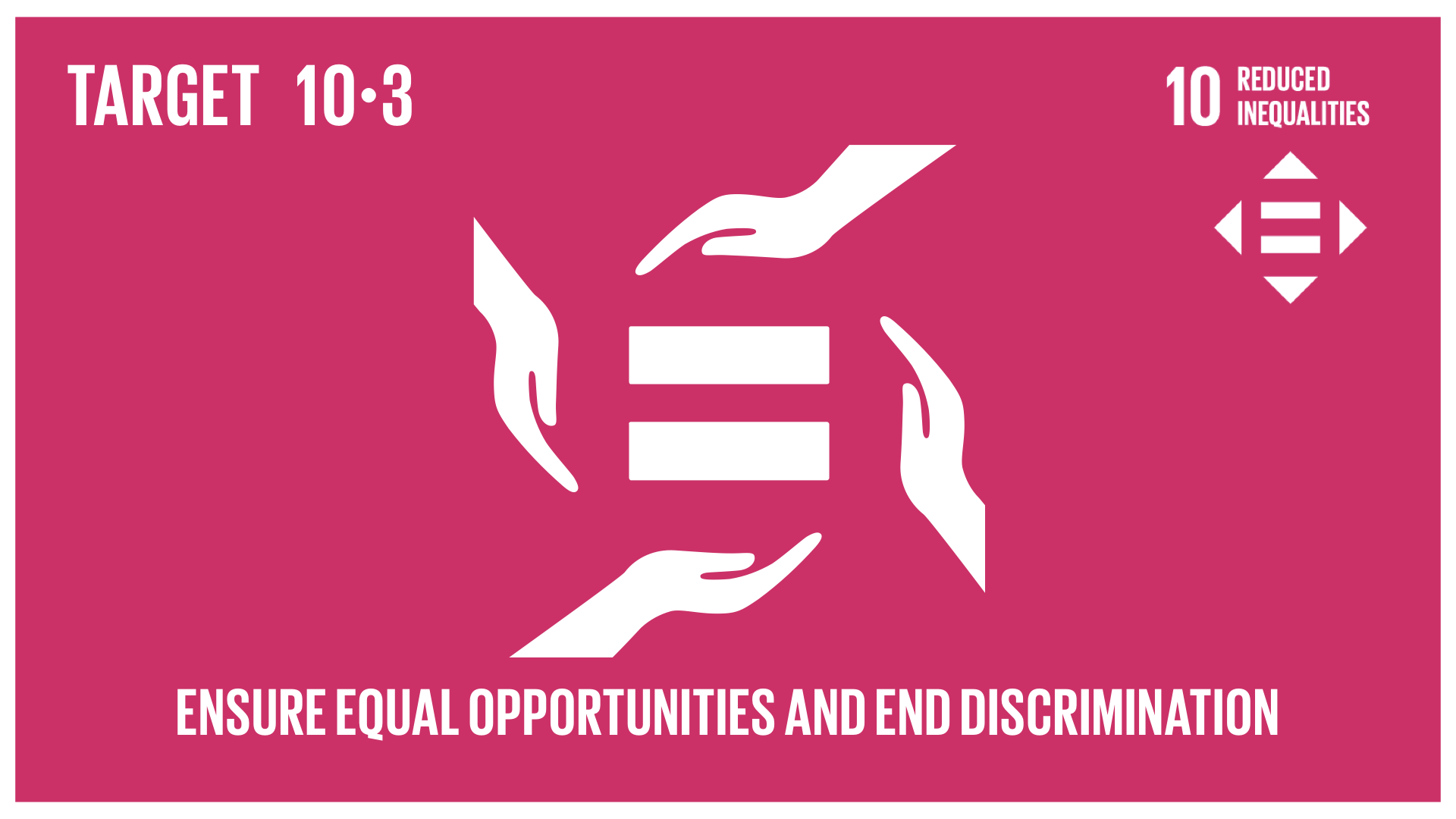
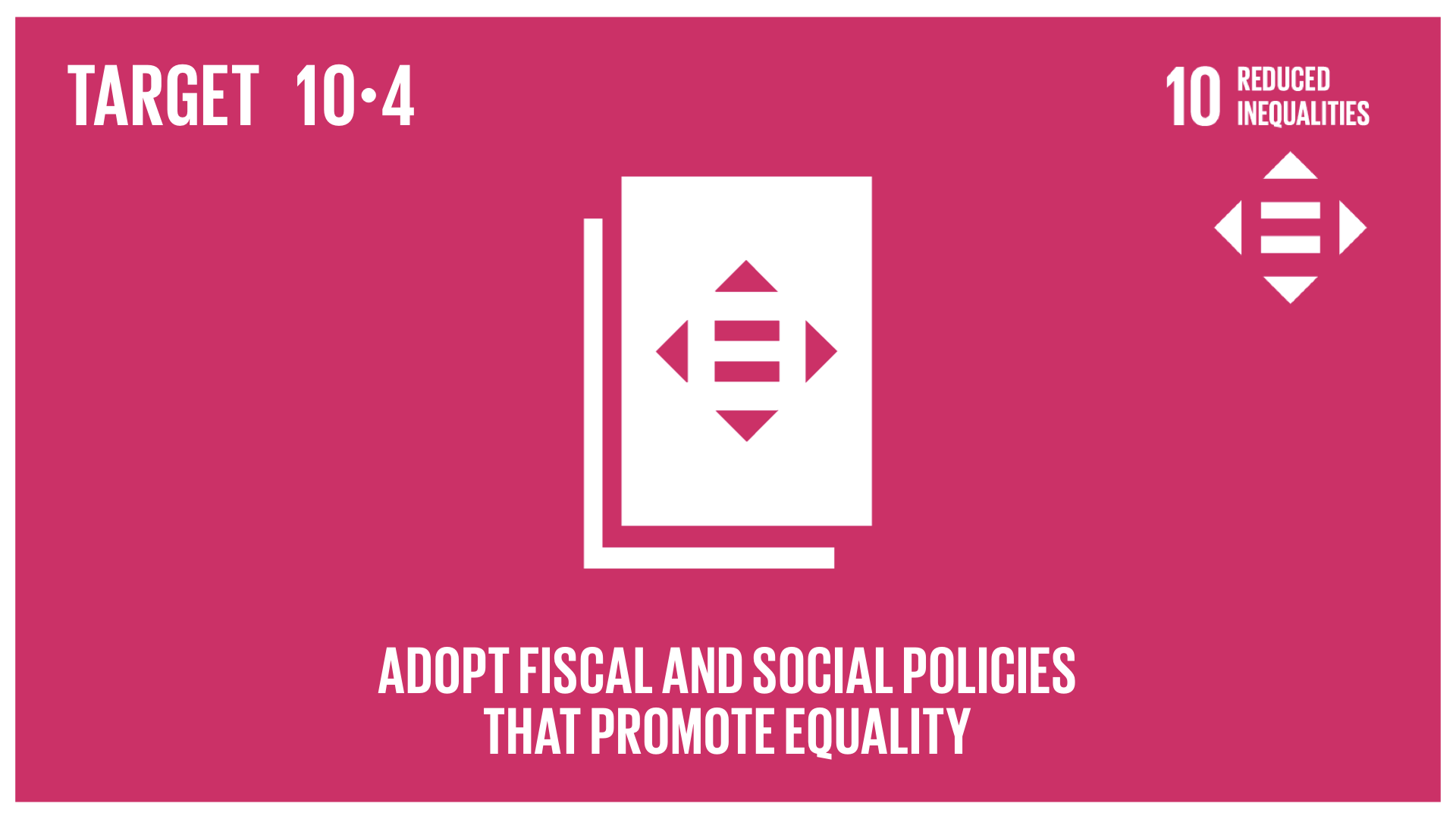
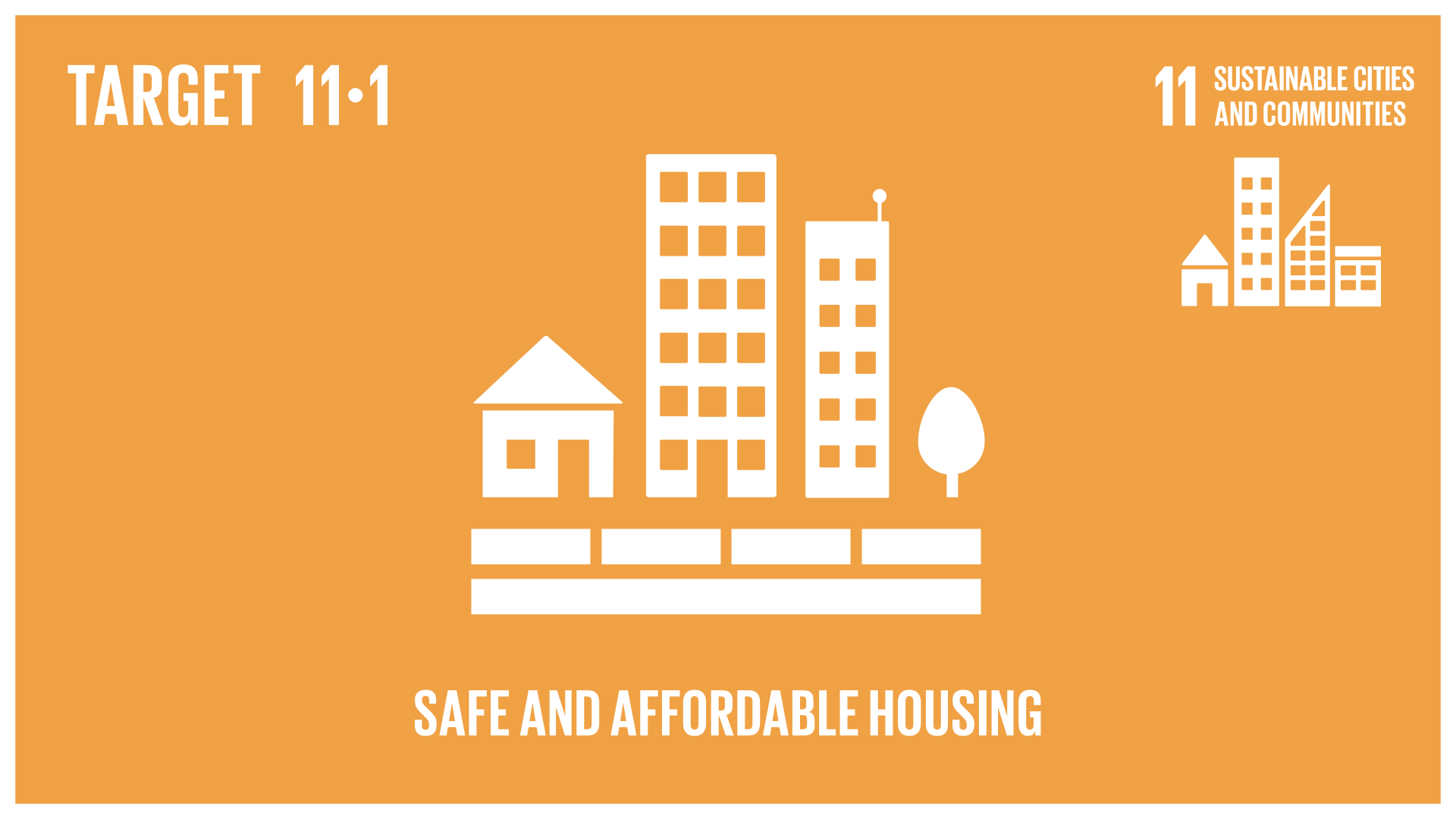
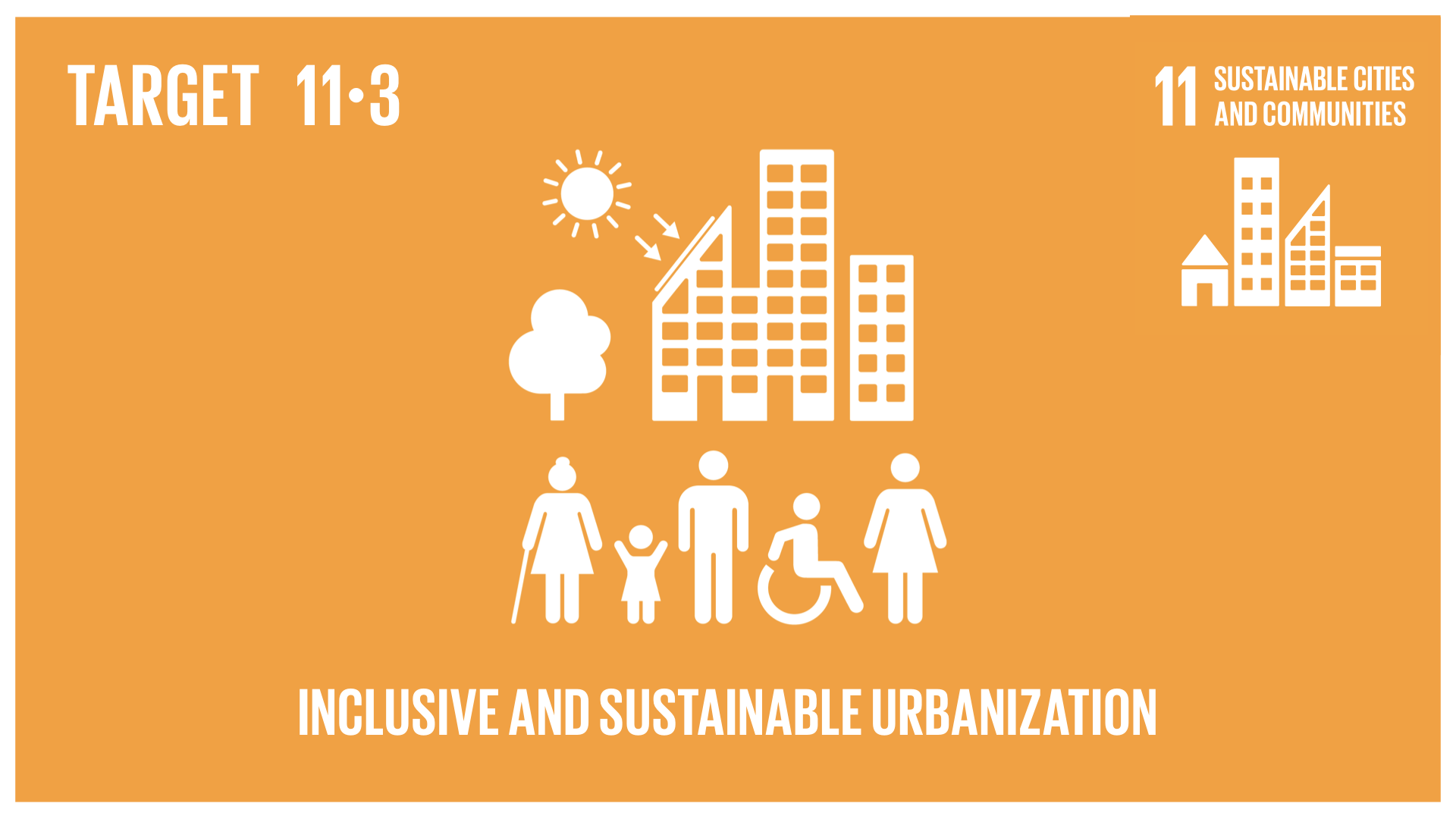
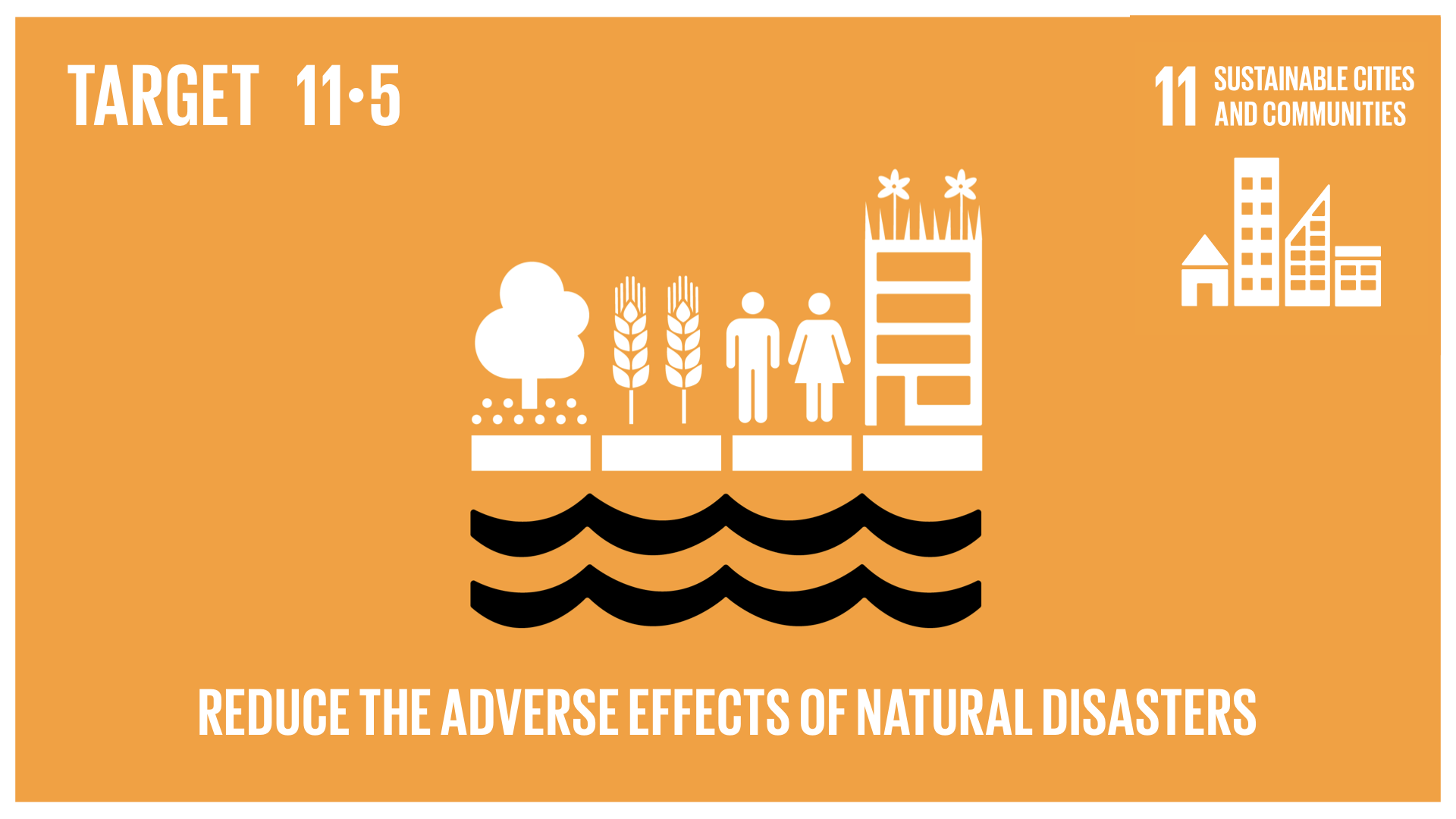
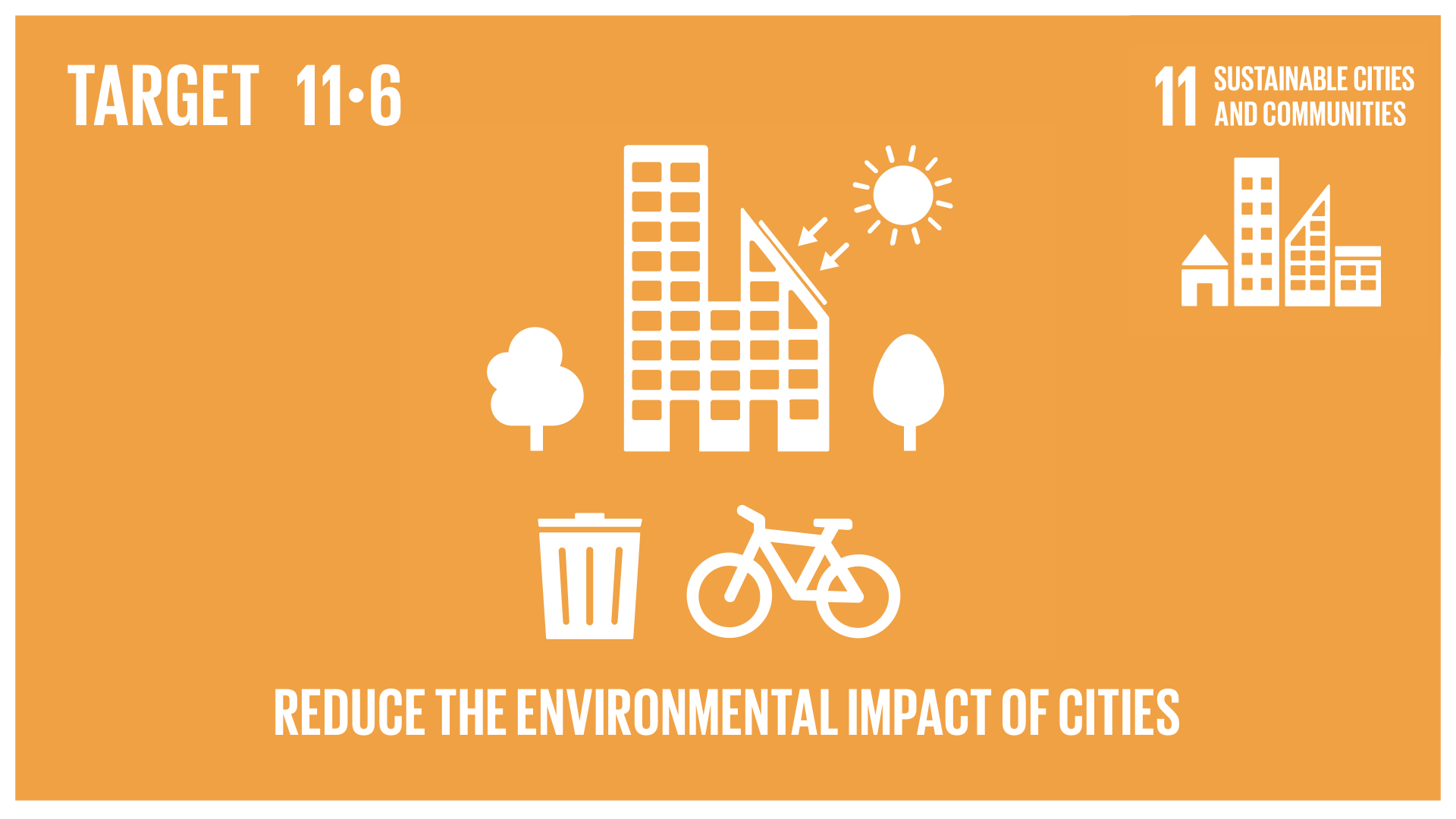
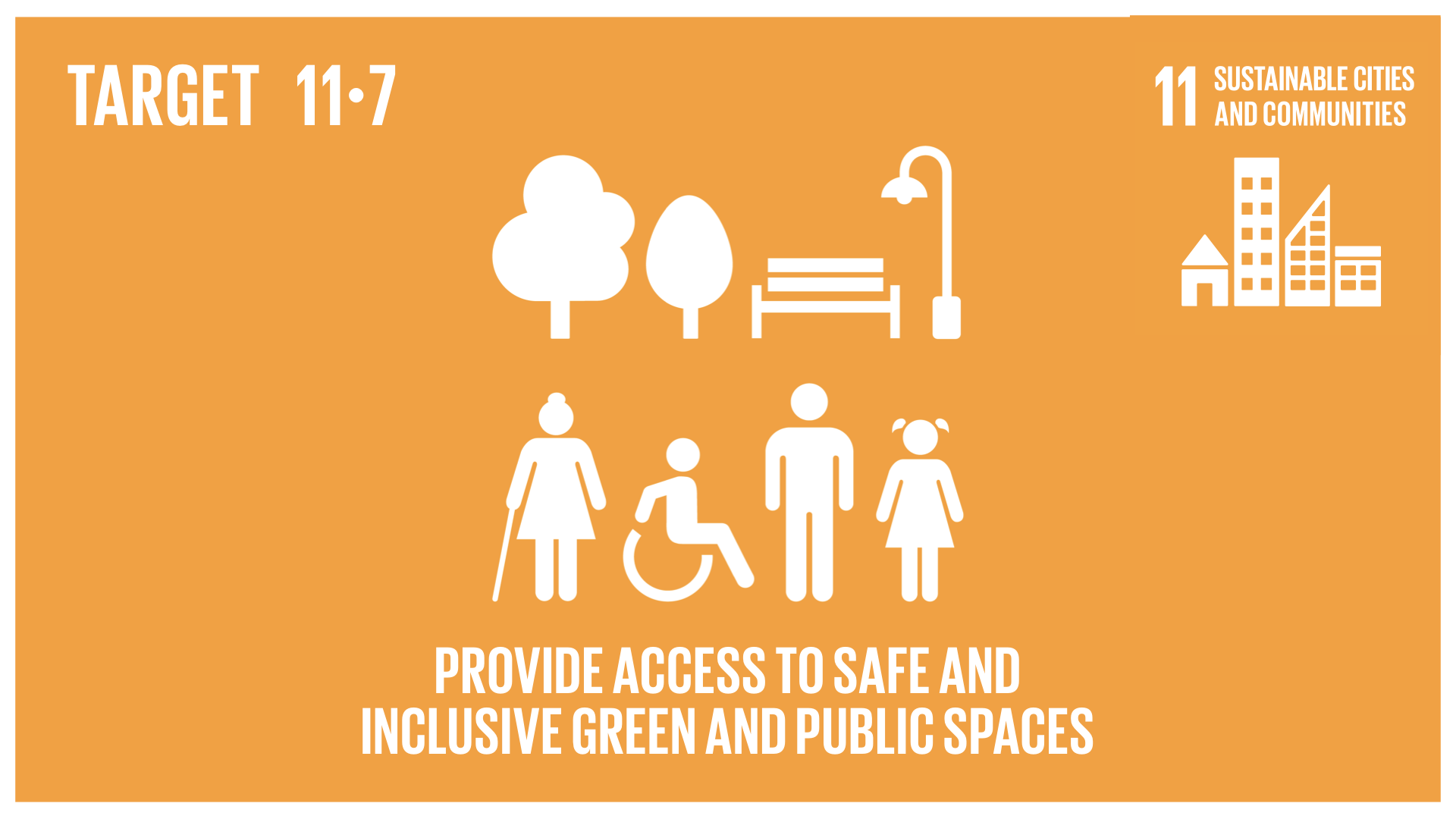
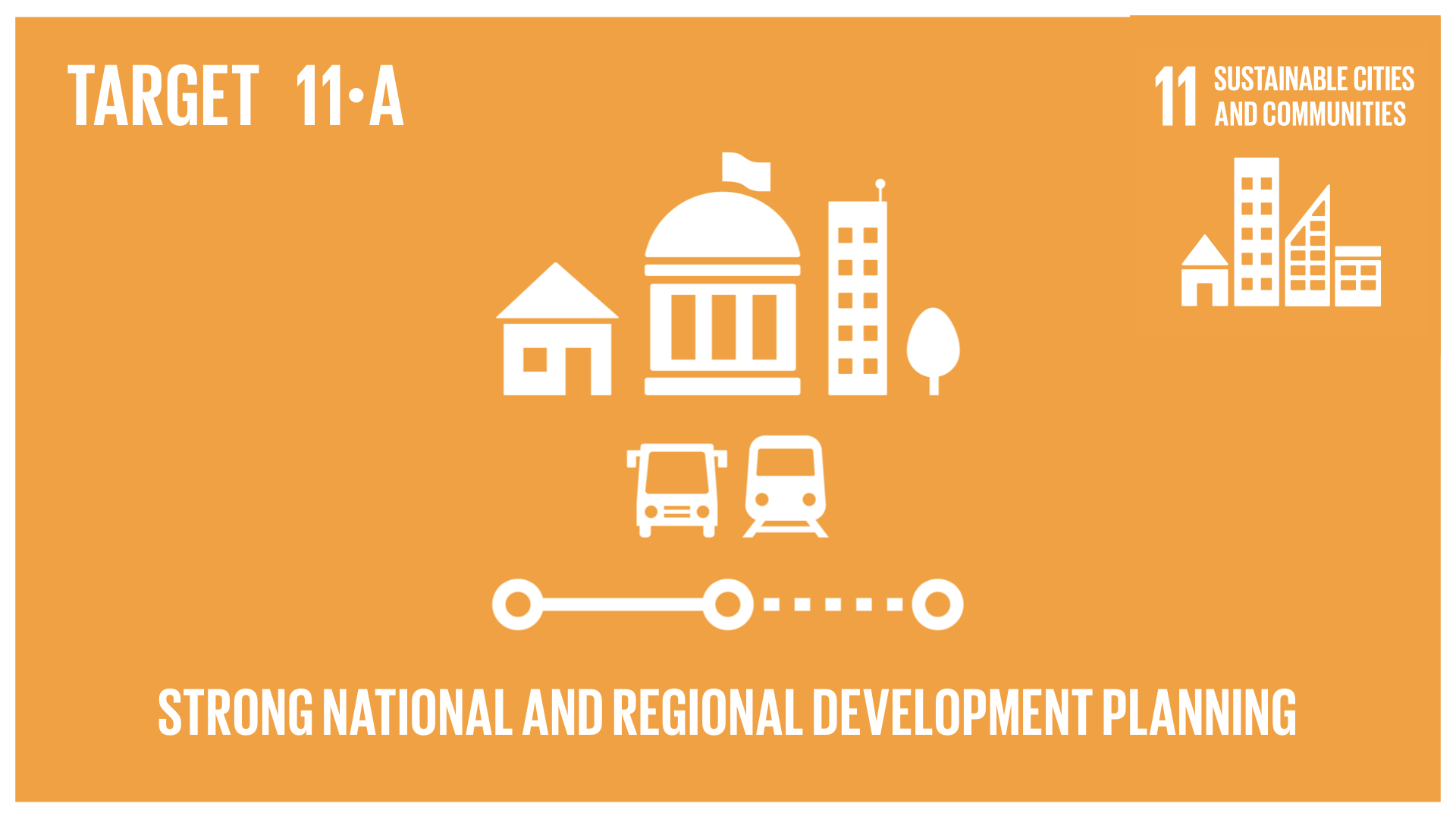
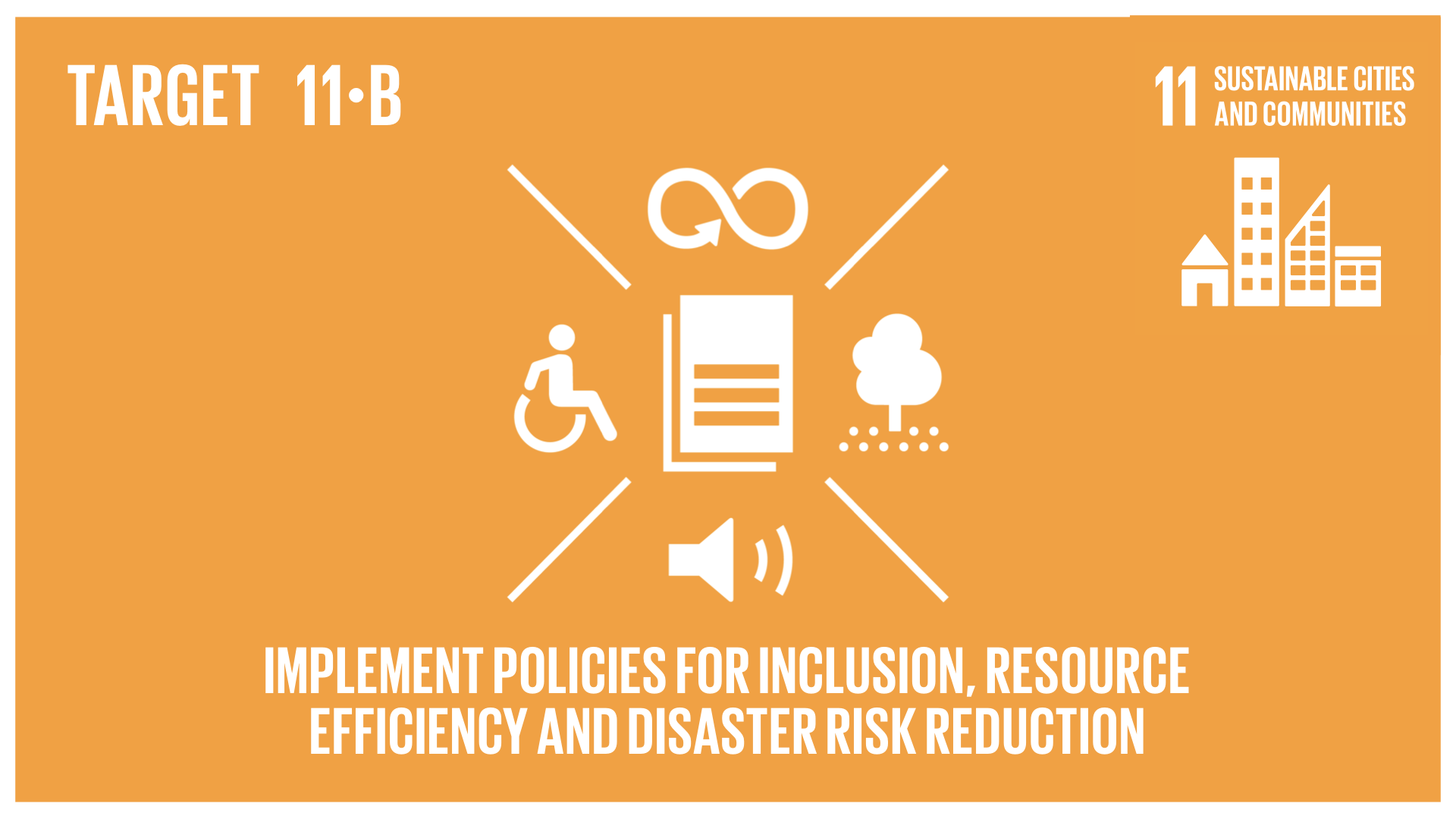

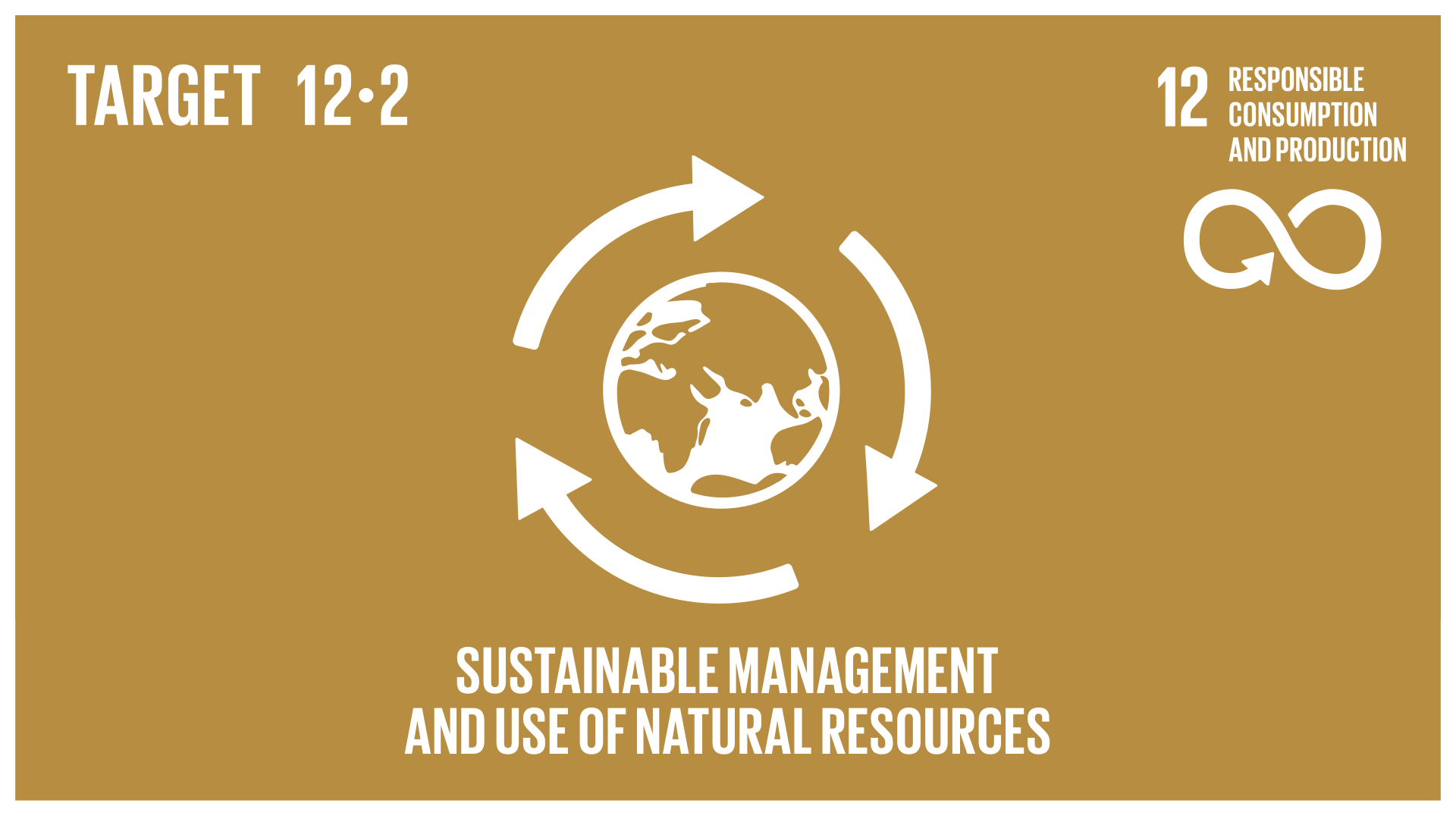

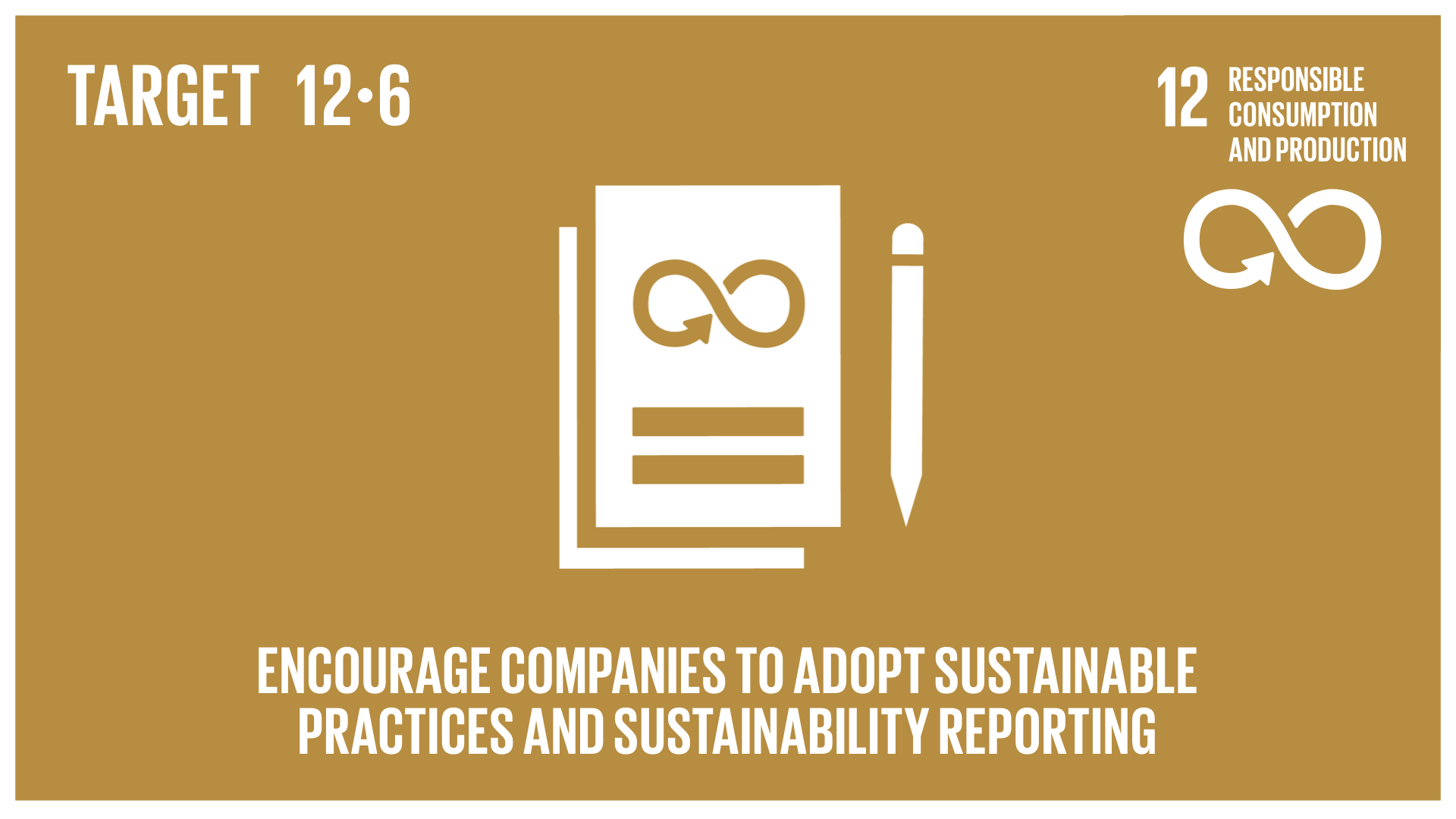
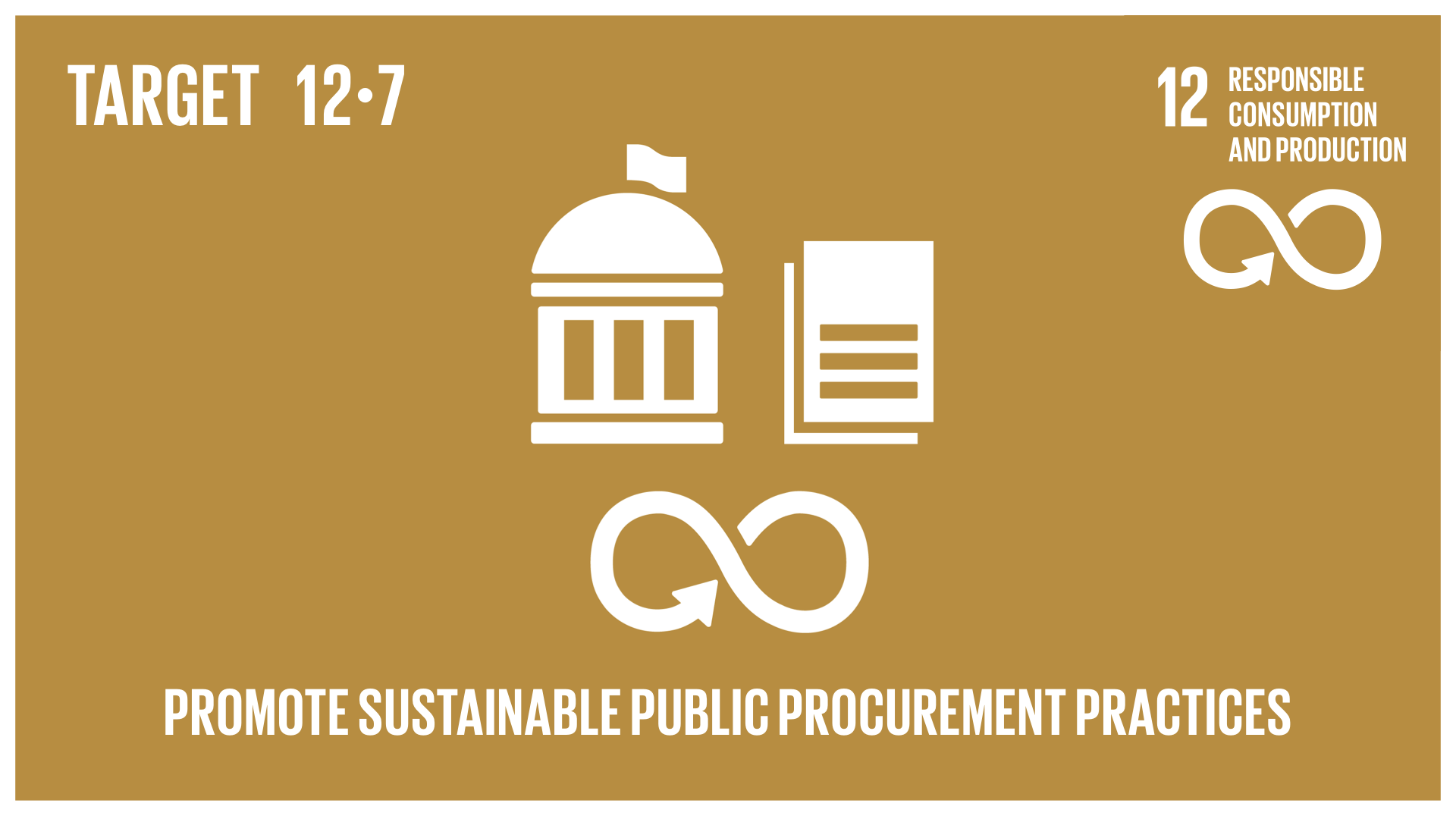
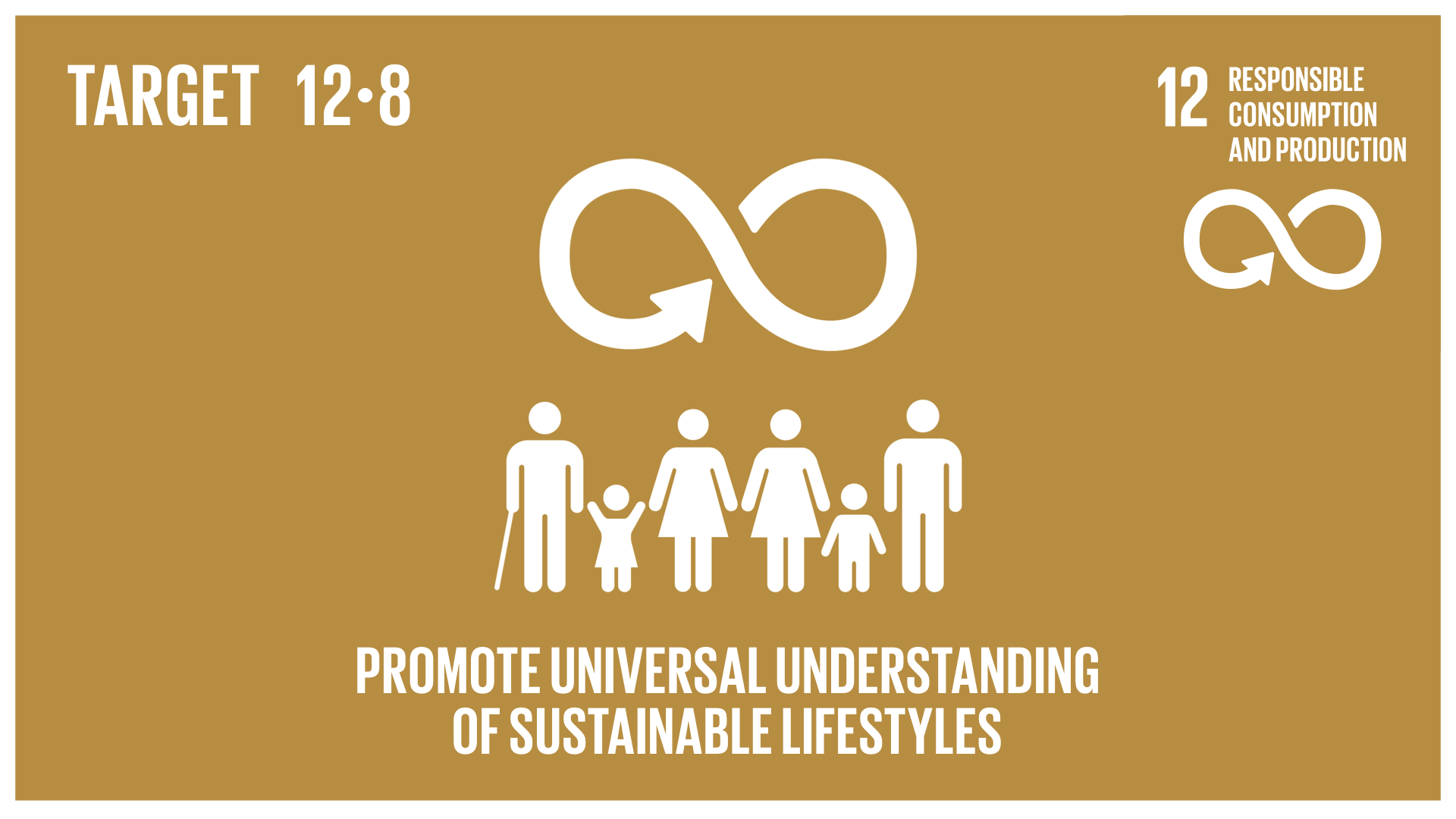

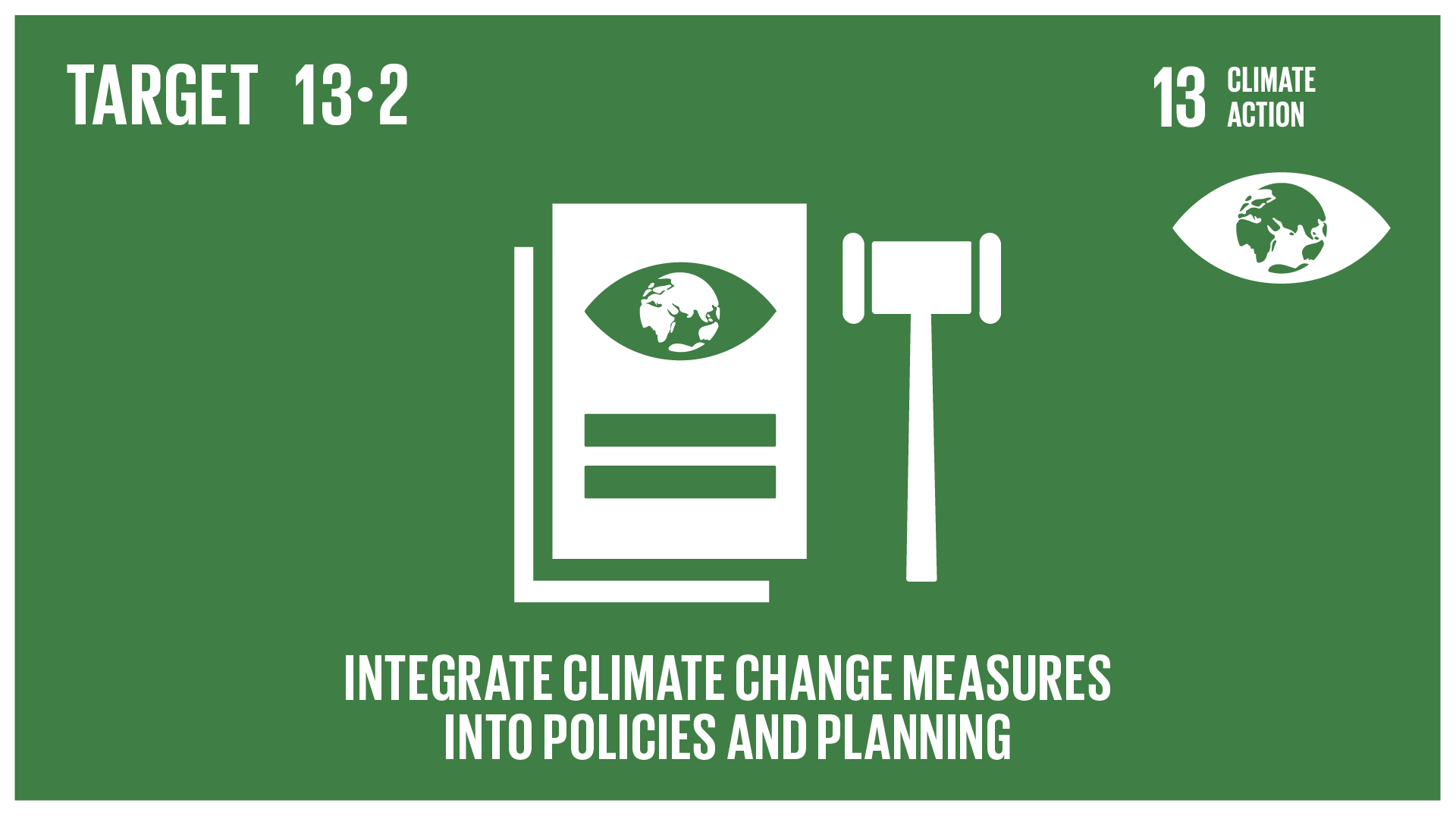

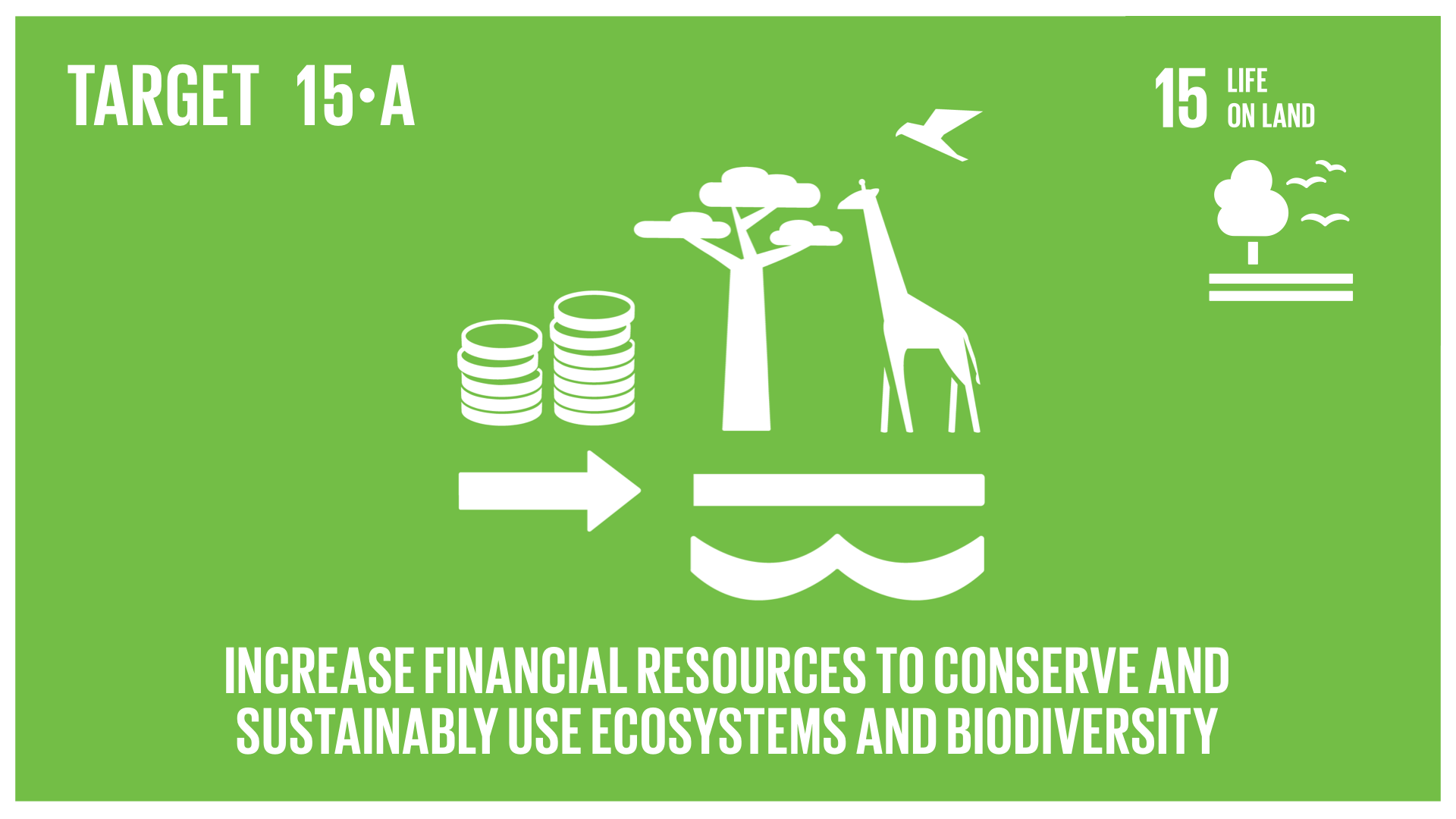
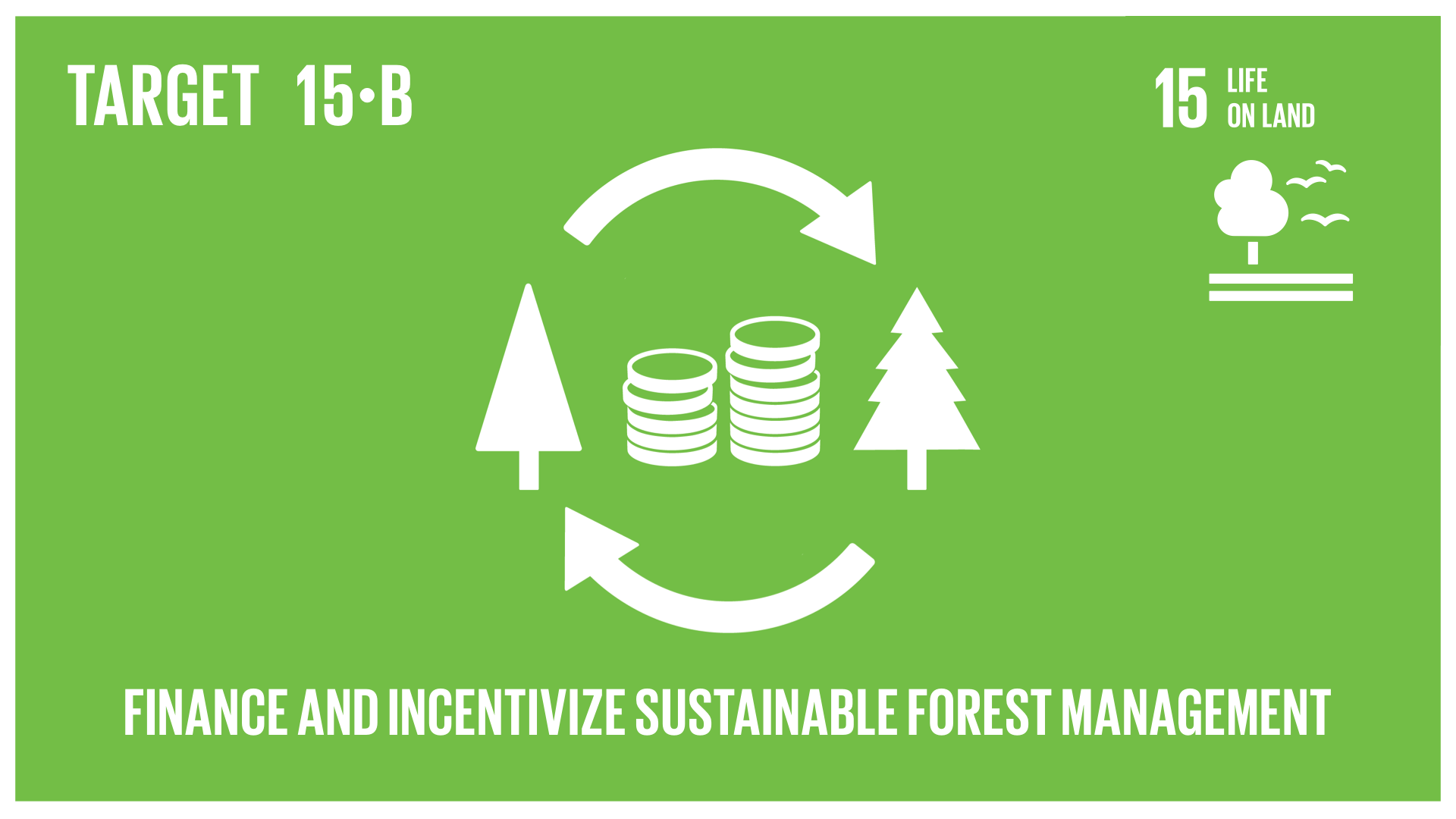
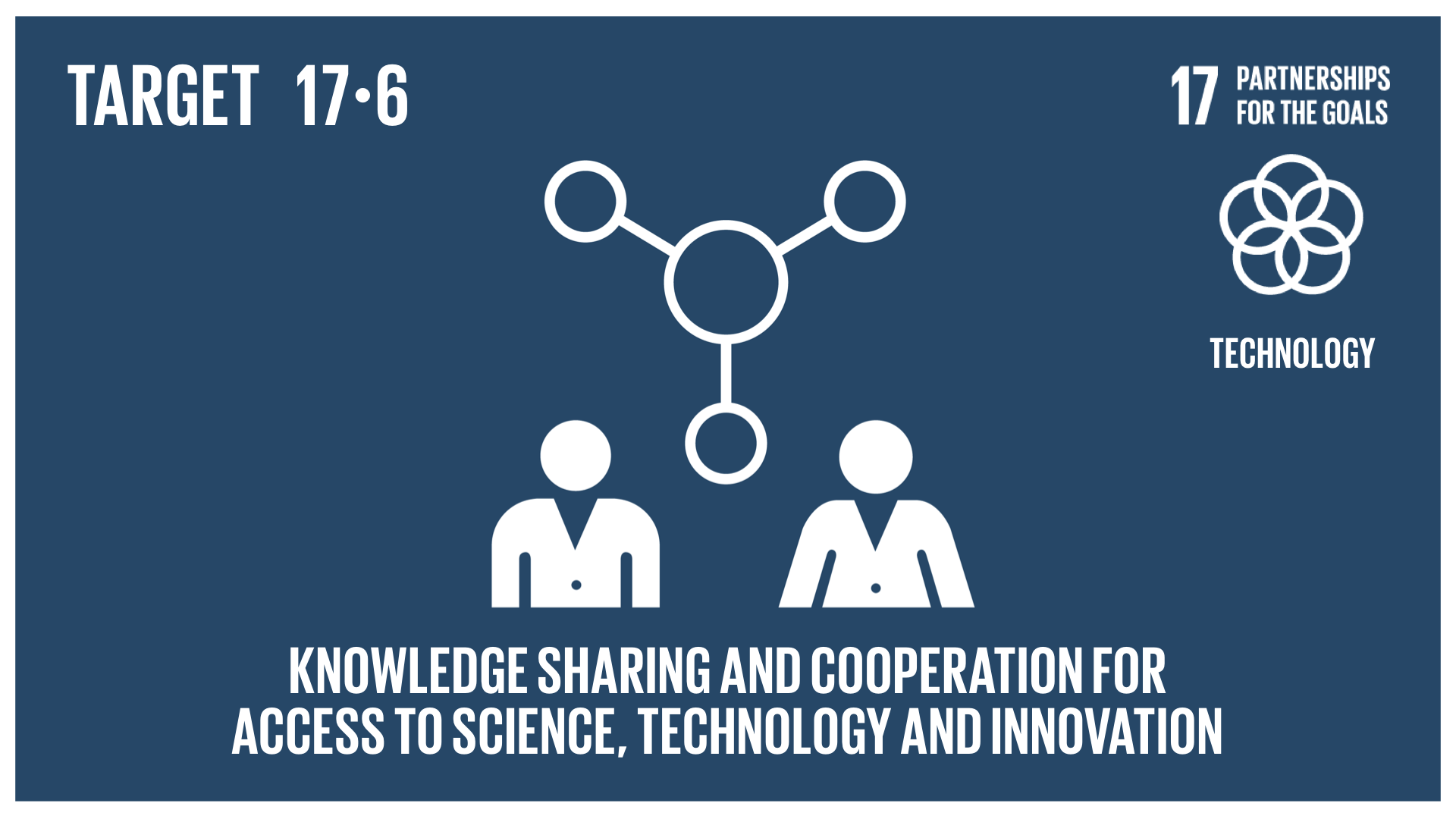
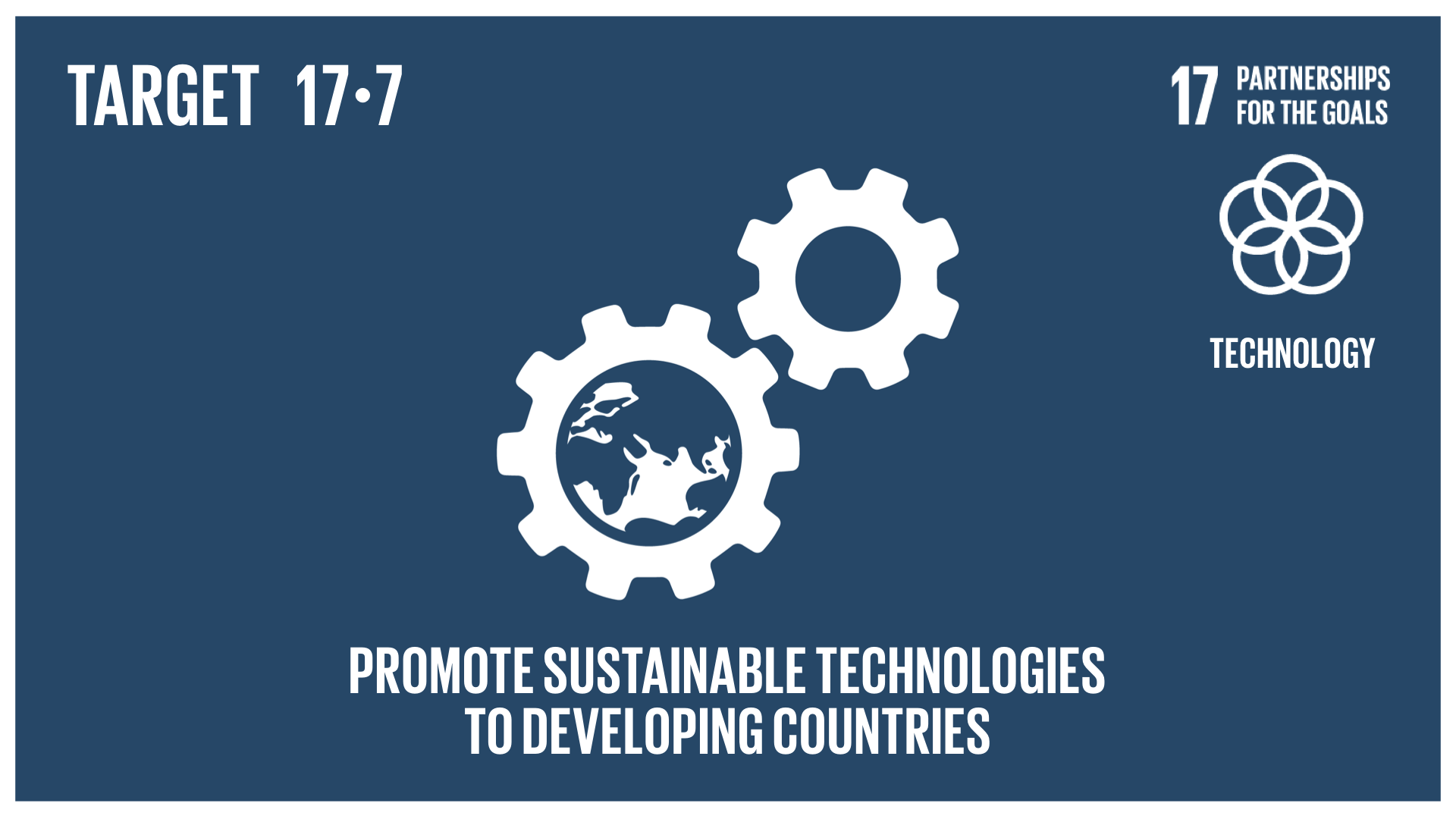
What is a 15 Minute City?
Walkable and bikeable neighborhoods need to be the norm, not the exception. They need to be accessible financially, not just physically. To make these places vastly more common, the simple yet powerful 15-minute city concept needs to occupy a central role in our urban discussions. It is the urban planning equivalent of human-centered design: start by looking at where an individual lives and where they need to get to, and figure out how to retool our neighborhoods and cities to get the kind of “hyperproximity” and ease of access that makes urban living great.
Discussions of urban mobility and “unclogging” cities often focus on travel speeds: enabling people to travel significant distances in short periods of time. This focus is misplaced. This history of cities — and of work commutes — shows that as travel speeds increase, our cities spread out. We end up spending as much time traveling as before, only at faster speeds over longer distances. There is even a name for this: The Marchetti Constant. And people unable to operate (or unable to afford) the faster mode of travel are left behind, able to meet fewer and fewer of their needs close to home. Access and proximity, along with safety, must be the concepts we build our cities around. If our planning focuses on REDUCING the need to travel, we may be able to avoid constantly ADDING costly transport infrastructure in a losing battle against traffic congestion and overcrowded buses.
What Does a 15-Minute City Have?
Carlos Moreno’s 15-minute city framework highlights four key characteristics:
Proximity: Things must be close.
Diversity: Land uses must be mixed to provide a wide variety of urban amenities nearby.
Density: There must be enough people to support a diversity of businesses in a compact land area. Note that Manhattan-level density is not needed, as many low-rise neighborhoods in San Francisco and other U.S. cities prove.
Ubiquity: These neighborhoods must be so common that they are available and affordable to anyone who wants to live in one.
The 15-minute city compels us to think about TIME first and foremost, rather than space. Moreno calls this “chrono-urbanism.” How do people spend their time, and how can we build and adapt neighborhoods and cities so that they spend less of their time moving from point A to point B — and then points C and D? And how can we make these conditions ubiquitous so you don’t have to spend an arm and a leg for an apartment in such a neighborhood?





